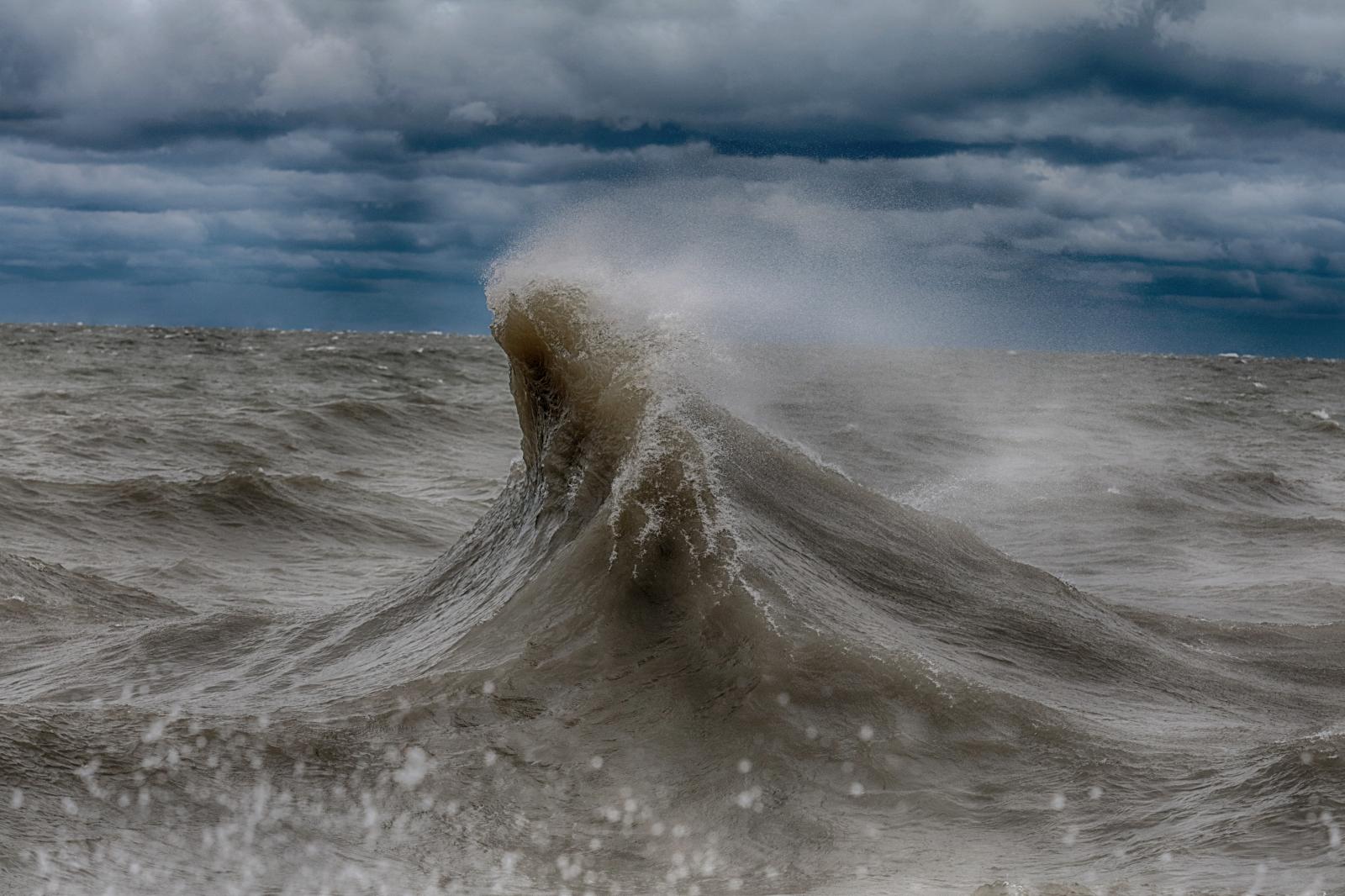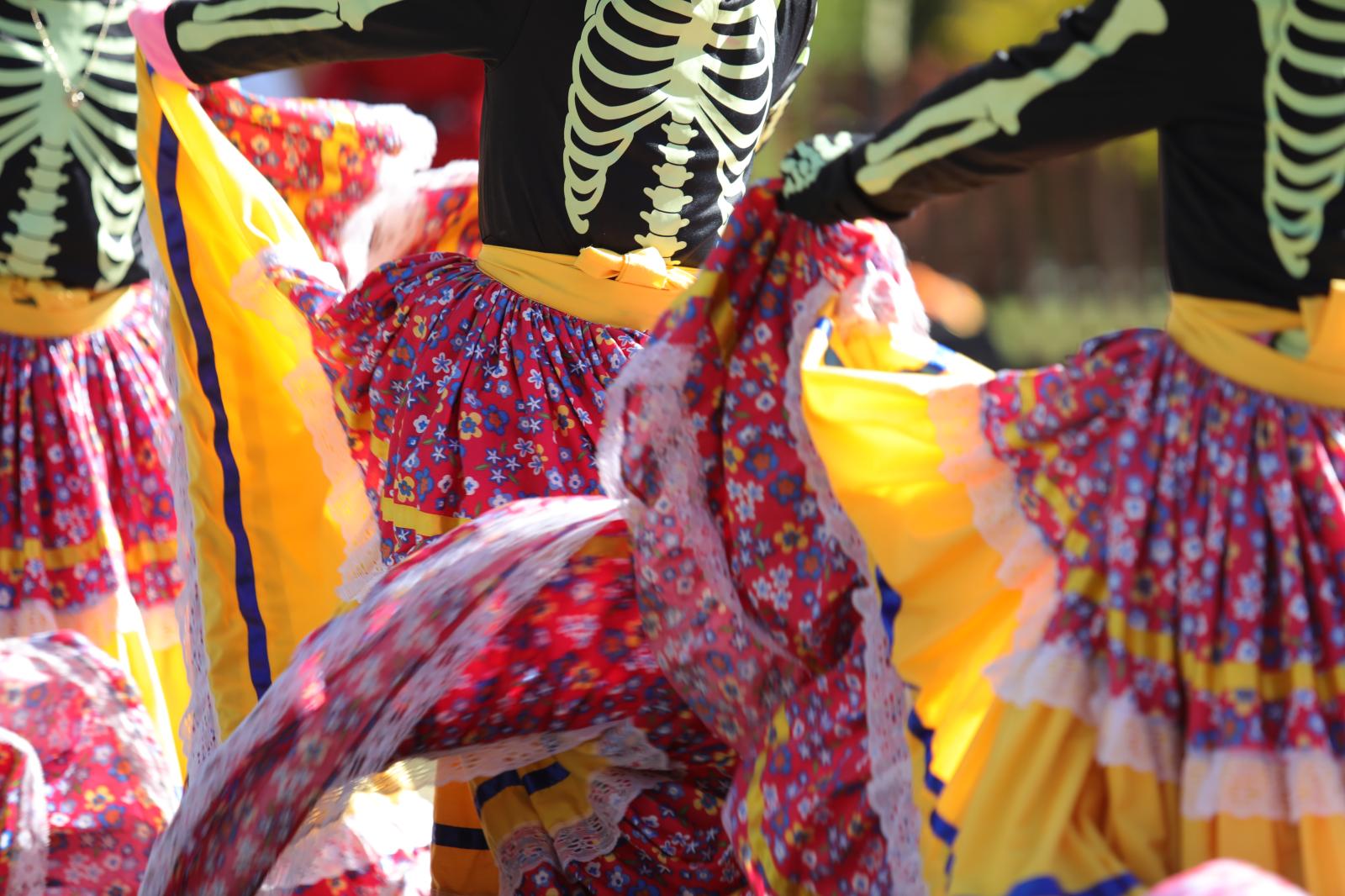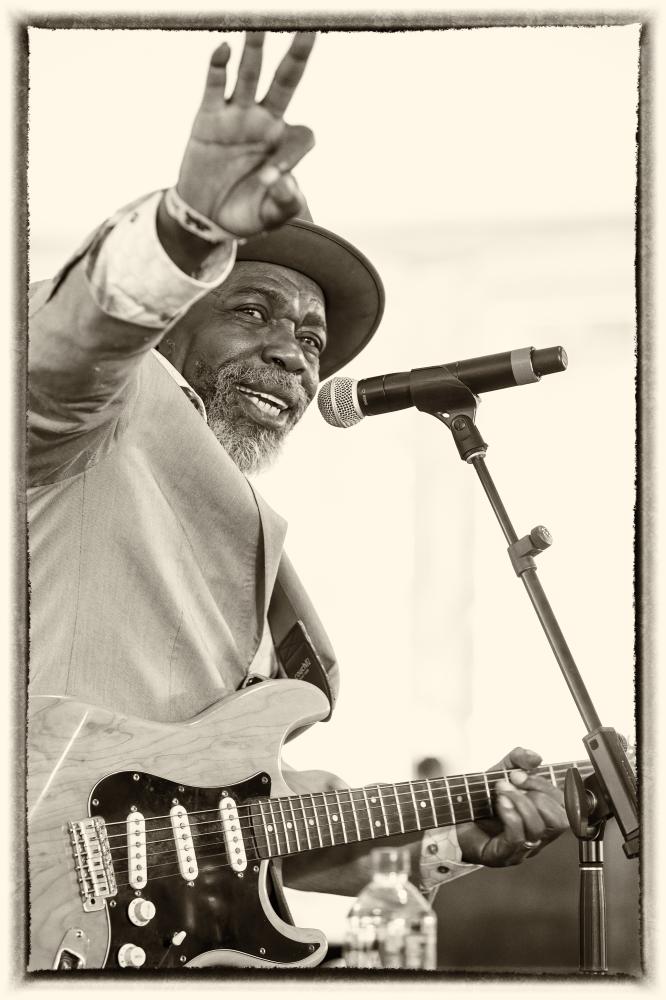
JULY 11 2014, Polk, NEBRASKA : Shannon and Kevin Graves, owners of Tradition Hardware in Polk, opposes the Keystone Pipeline route in Nebraska, passing just a few yards from their old family home. Nebraska is known as the “Cornhusker State” – and is the third largest corn-producing state in the United States. Transcanada want to run the Keystone Pipeline through Nebraska farmlands, drawing the opposition of local farmers. O'Neil county lays above the Oglala aquifer, providing ample water reserves to irrigate corn, soybeans and sorghum, as there only 20-25 inches precipitation during an average year. (photo by Jean-Marc Giboux) POLK USA
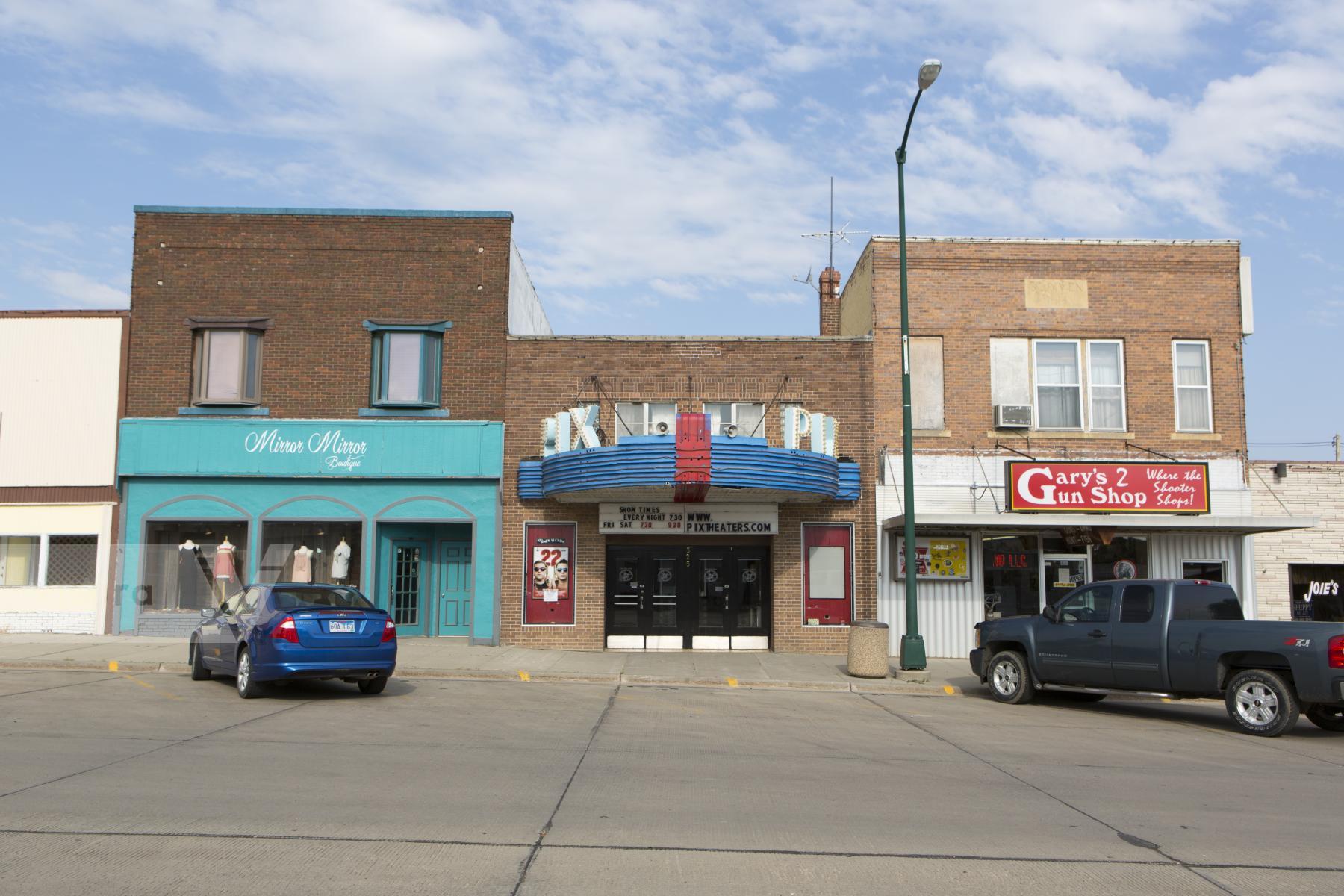
JULY 10, 2014, Winner, South Dakota: Winner, small rural town of South Dakota. JESS KEESIS is the mayor of Winner and supporter of the Keystone Pipeline. He believes the pipeline will bring tax money and business to his town, with the influx of workers working the sites. (photo by Jean-Marc Giboux) WINNER USA
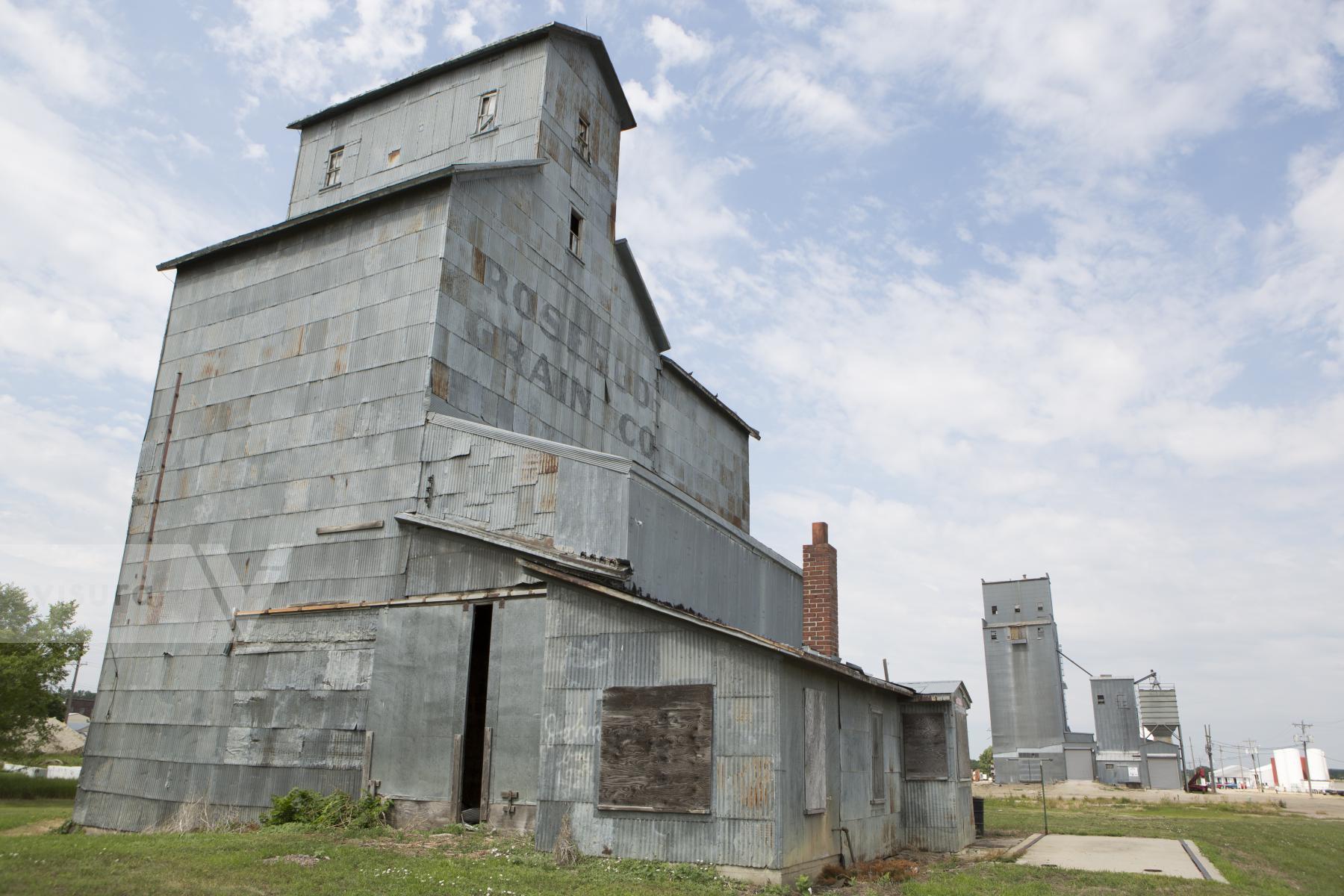
JULY 10, 2014, Winner, South Dakota: Winner, small rural town of South Dakota. JESS KEESIS is the mayor of Winner and supporter of the Keystone Pipeline. He believes the pipeline will bring tax money and business to his town, with the influx of workers working the sites. (photo by Jean-Marc Giboux) WINNER USA

JULY 10, 2014, Rosebud Reservation, South Dakota: The office of Cyril Scott, President of the Rosebud Sioux Tribe . The Rosebud Sioux reservation in South Dakota opposes the Keystone pipeline that is skirting the reservation but ride over their water source. They do not see any positive in the building of the Trans Canada pipeline bringing oil from the Tar Sands to the refineries of Texas, and endangering their way of life. (photo by Jean-Marc Giboux) ROSEBUD USA

JULY 10, 2014, Rosebud Reservation, South Dakota: Wayne Frederick and Aldo Seoane voice their opposition to the Keystone pipeline. The Rosebud Sioux reservation in South Dakota opposes the Keystone pipeline that is skirting the reservation but ride over their water source. They do not see any positive in the building of the Trans Canada pipeline bringing oil from the Tar Sands to the refineries of Texas, and endangering their way of life. (photo by Jean-Marc Giboux) ROSEBUD USA

JULY 10, 2014, Rosebud Reservation, South Dakota: Paula Antoine voice his opposition to the Keystone pipeline. The Rosebud Sioux reservation in South Dakota opposes the Keystone pipeline that is skirting the reservation but ride over their water source. They do not see any positive in the building of the Trans Canada pipeline bringing oil from the Tar Sands to the refineries of Texas, and endangering their way of life. (photo by Jean-Marc Giboux) ROSEBUD USA

JULY 10, 2014, Rosebud Reservation, South Dakota: Russell Eagle Bear voice his opposition to the Keystone pipeline. The Rosebud Sioux reservation in South Dakota opposes the Keystone pipeline that is skirting the reservation but ride over their water source. They do not see any positive in the building of the Trans Canada pipeline bringing oil from the Tar Sands to the refineries of Texas, and endangering their way of life. (photo by Jean-Marc Giboux) ROSEBUD USA
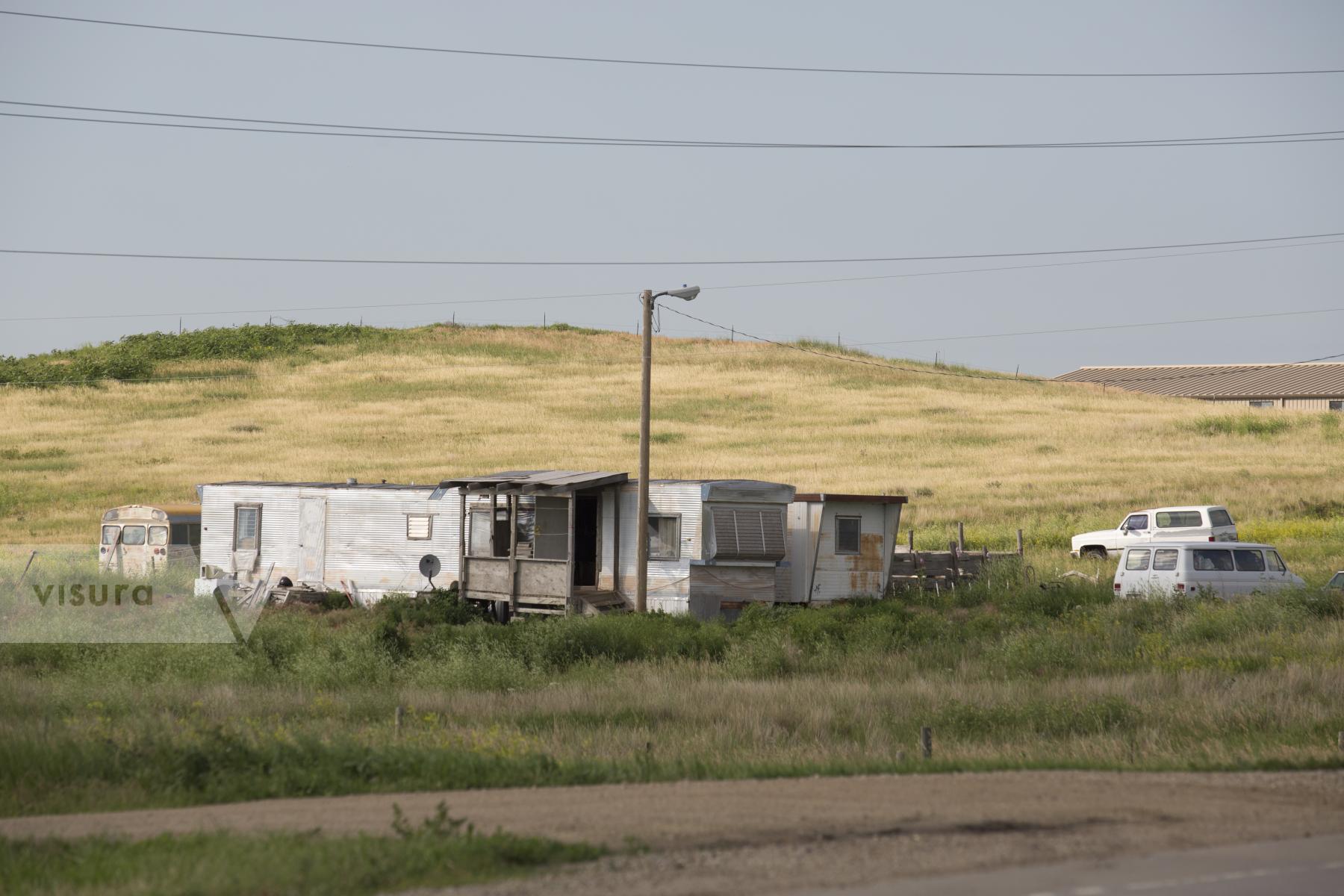
JULY 10, 2014, Rosebud Reservation, South Dakota: The Rosebud Sioux Tribe in South Dakota opposes the Keystone pipeline that is skirting the reservation but ride over their water source. Despite the fact that they live in one of the poorest county in North America, they do not see any positive in the building of the Trans Canada pipeline bringing oil from the Tar Sands to the refineries of Texas, and endangering their environment and way of life. (photo by Jean-Marc Giboux) ROSEBUD USA
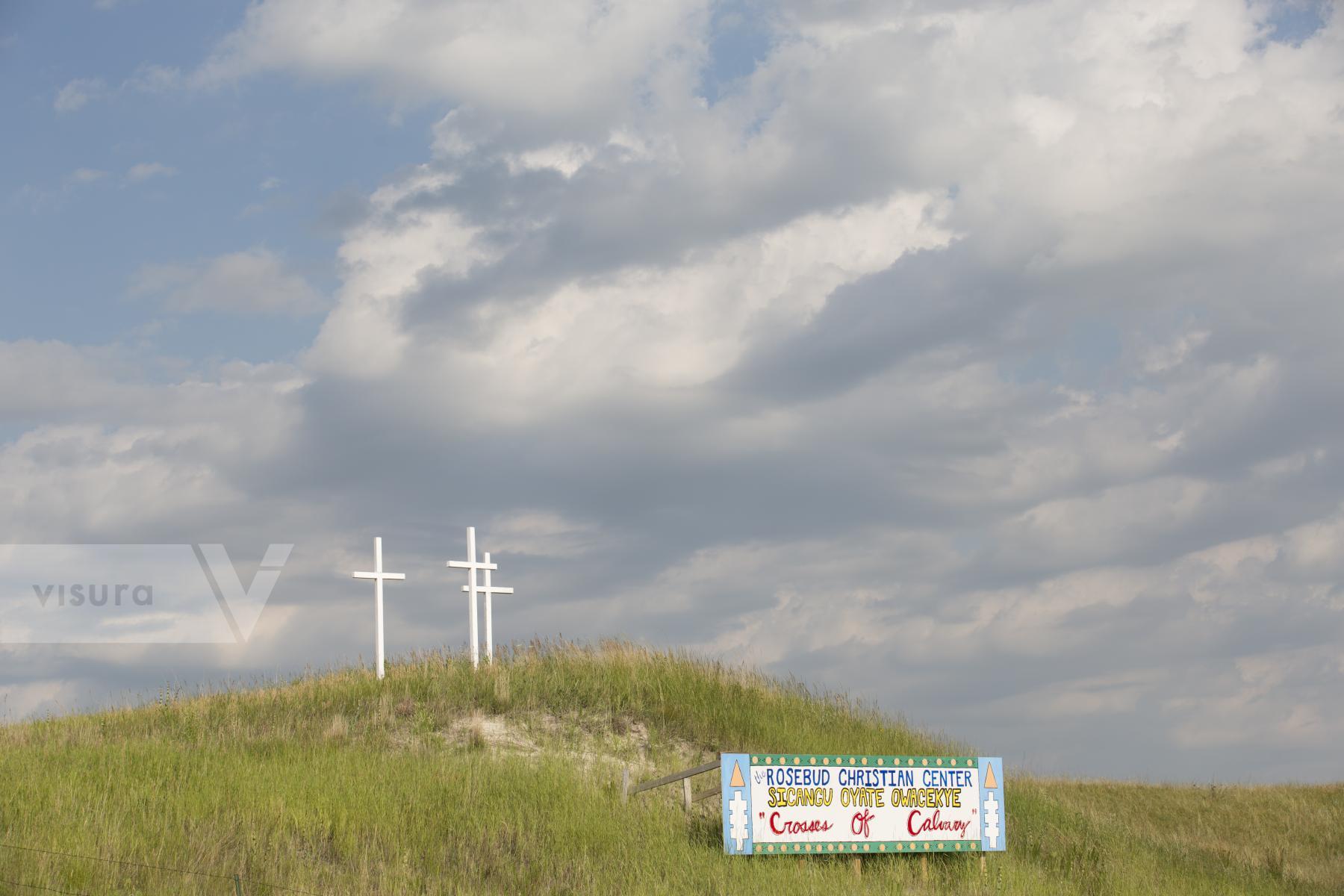
JULY 10, 2014, Rosebud Reservation, South Dakota: The Rosebud Sioux Tribe in South Dakota opposes the Keystone pipeline that is skirting the reservation but ride over their water source. Despite the fact that they live in one of the poorest county in North America, they do not see any positive in the building of the Trans Canada pipeline bringing oil from the Tar Sands to the refineries of Texas, and endangering their environment and way of life. (photo by Jean-Marc Giboux) ROSEBUD USA
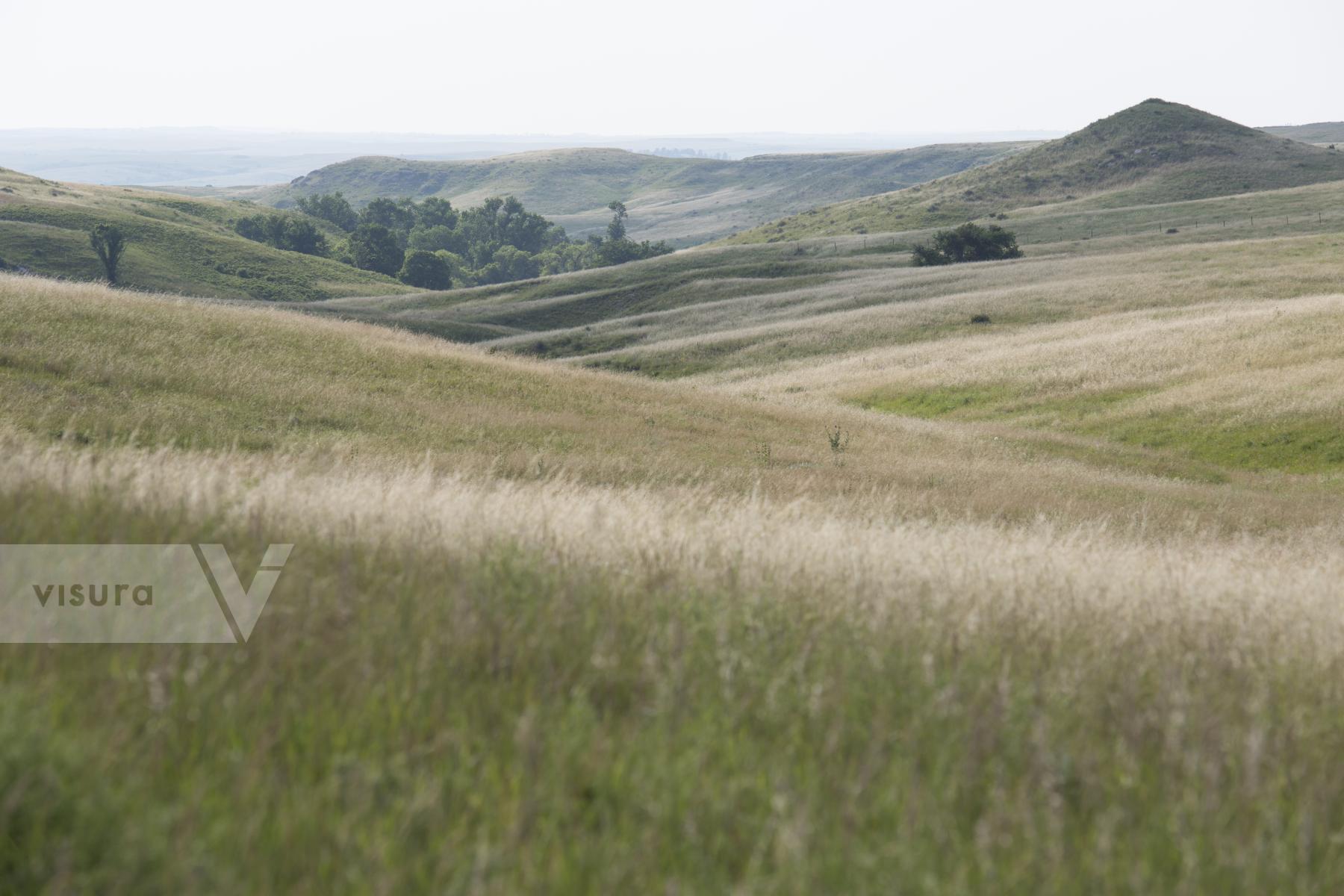
JULY 10, 2014, Rosebud Reservation, South Dakota: The Rosebud Sioux Tribe in South Dakota opposes the Keystone pipeline that is skirting the reservation but ride over their water source. Despite the fact that they live in one of the poorest county in North America, they do not see any positive in the building of the Trans Canada pipeline bringing oil from the Tar Sands to the refineries of Texas, and endangering their environment and way of life. (photo by Jean-Marc Giboux) ROSEBUD USA

JULY 10, 2014, Rosebud Reservation, South Dakota: The Rosebud Sioux Tribe in South Dakota opposes the Keystone pipeline that is skirting the reservation but ride over their water source. Despite the fact that they live in one of the poorest county in North America, they do not see any positive in the building of the Trans Canada pipeline bringing oil from the Tar Sands to the refineries of Texas, and endangering their environment and way of life. (photo by Jean-Marc Giboux) ROSEBUD USA

JULY 10, 2014, Rosebud Reservation, South Dakota: The Rosebud Sioux Tribe in South Dakota opposes the Keystone pipeline that is skirting the reservation but ride over their water source. Despite the fact that they live in one of the poorest county in North America, they do not see any positive in the building of the Trans Canada pipeline bringing oil from the Tar Sands to the refineries of Texas, and endangering their environment and way of life. (photo by Jean-Marc Giboux) ROSEBUD USA

JULY 10, 2014, Rosebud Reservation, South Dakota: The Rosebud Casino on the Rosebud reservation, close to the Nebraska stateline.The Rosebud Sioux Tribe in South Dakota opposes the Keystone pipeline that is skirting the reservation but ride over their water source. Despite the fact that they live in one of the poorest county in North America, they do not see any positive in the building of the Trans Canada pipeline bringing oil from the Tar Sands to the refineries of Texas, and endangering their environment and way of life. (photo by Jean-Marc Giboux) ROSEBUD USA
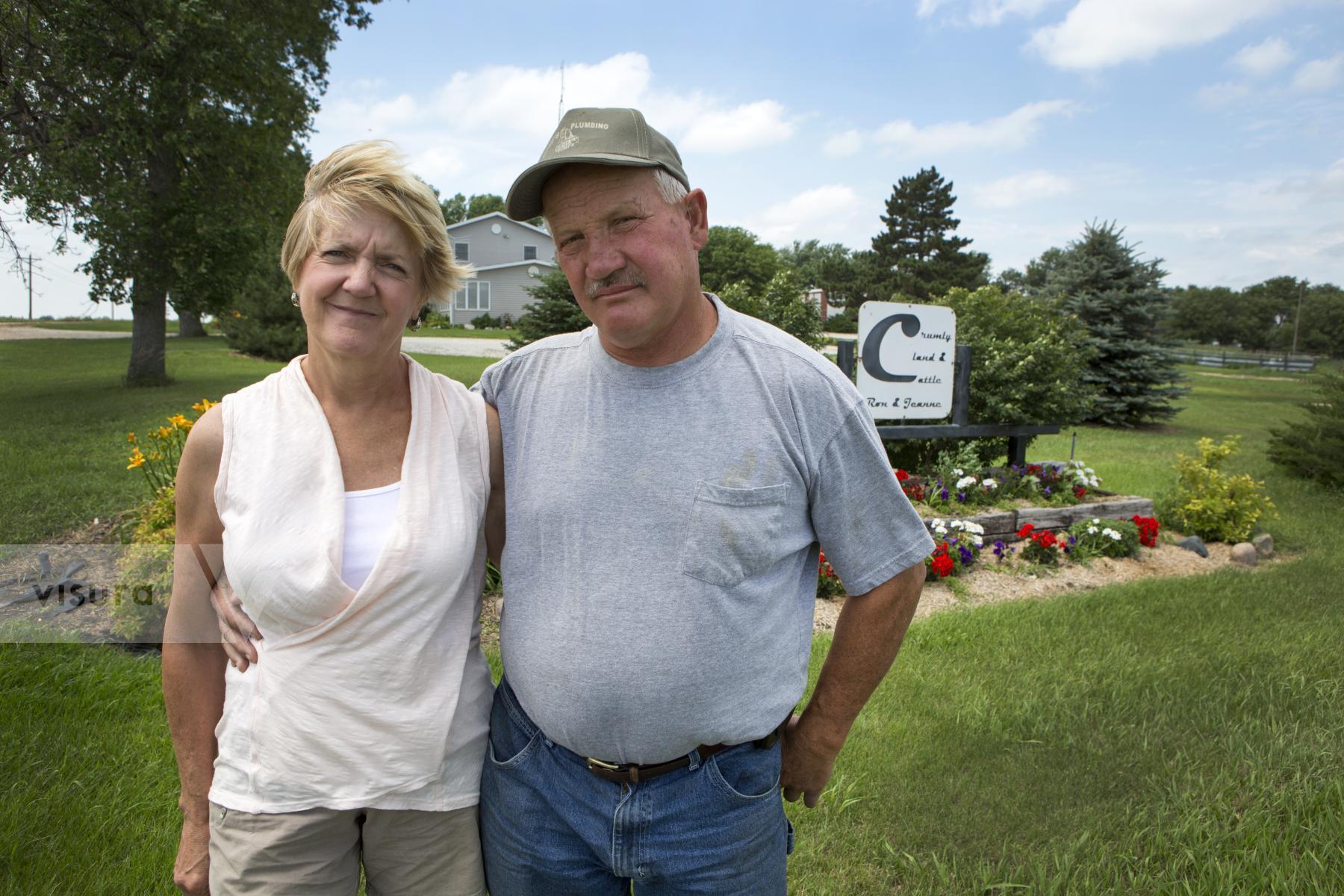
JULY 10 2014, NEBRASKA : RON AND JEANNE CRUMLY AT THEIR FARM IN O'NEIL , NEBRASKA. THE KEYSTONE PIPELINE PLAN RUNS ACROSS THEIR FARM AND THEY ARE REFUSING THE DEAL PROPOSED BY TRANSCANADA. O'NEIL USA
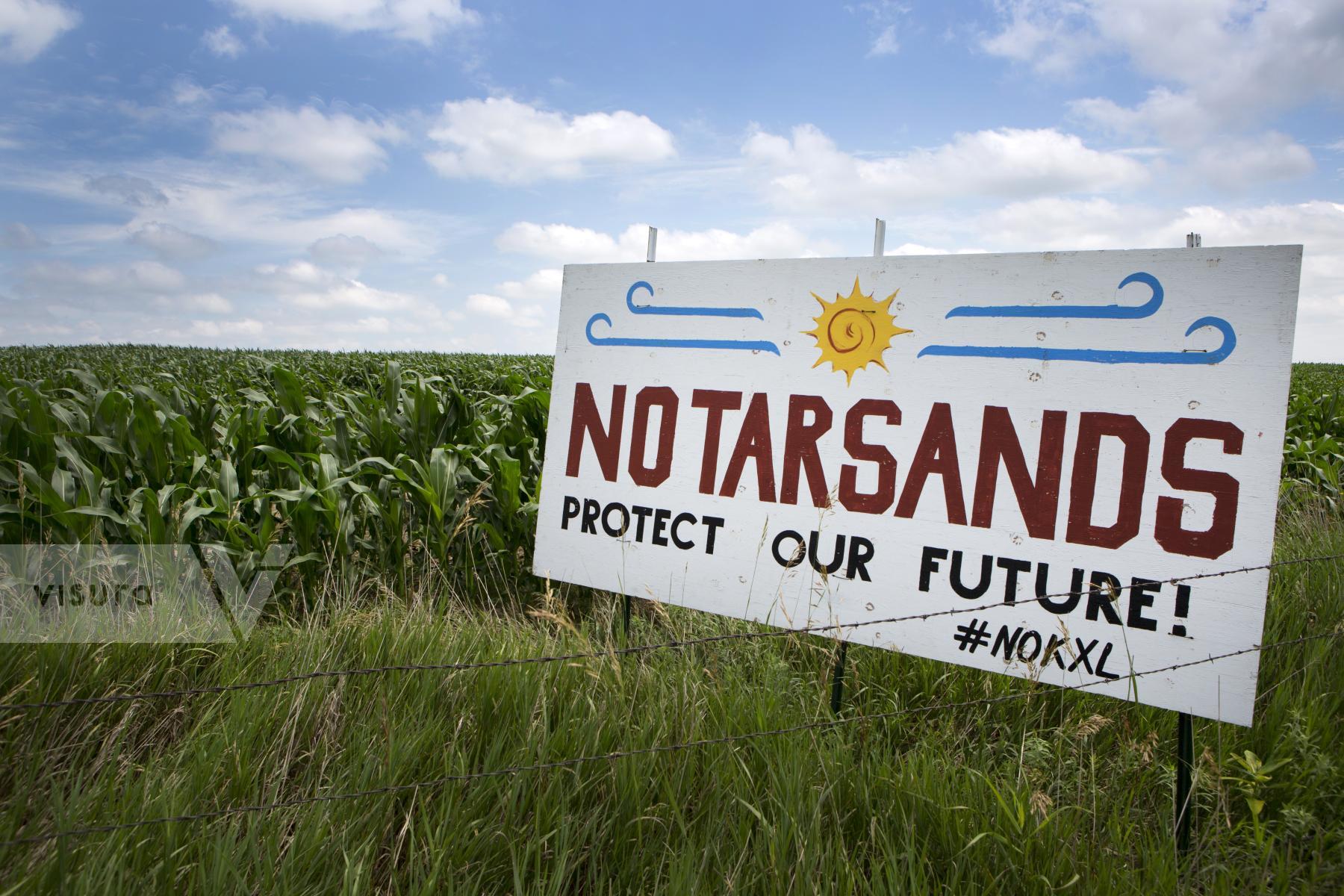
JULY 10 2014, O'Neil, NEBRASKA : Nebraska is known as the
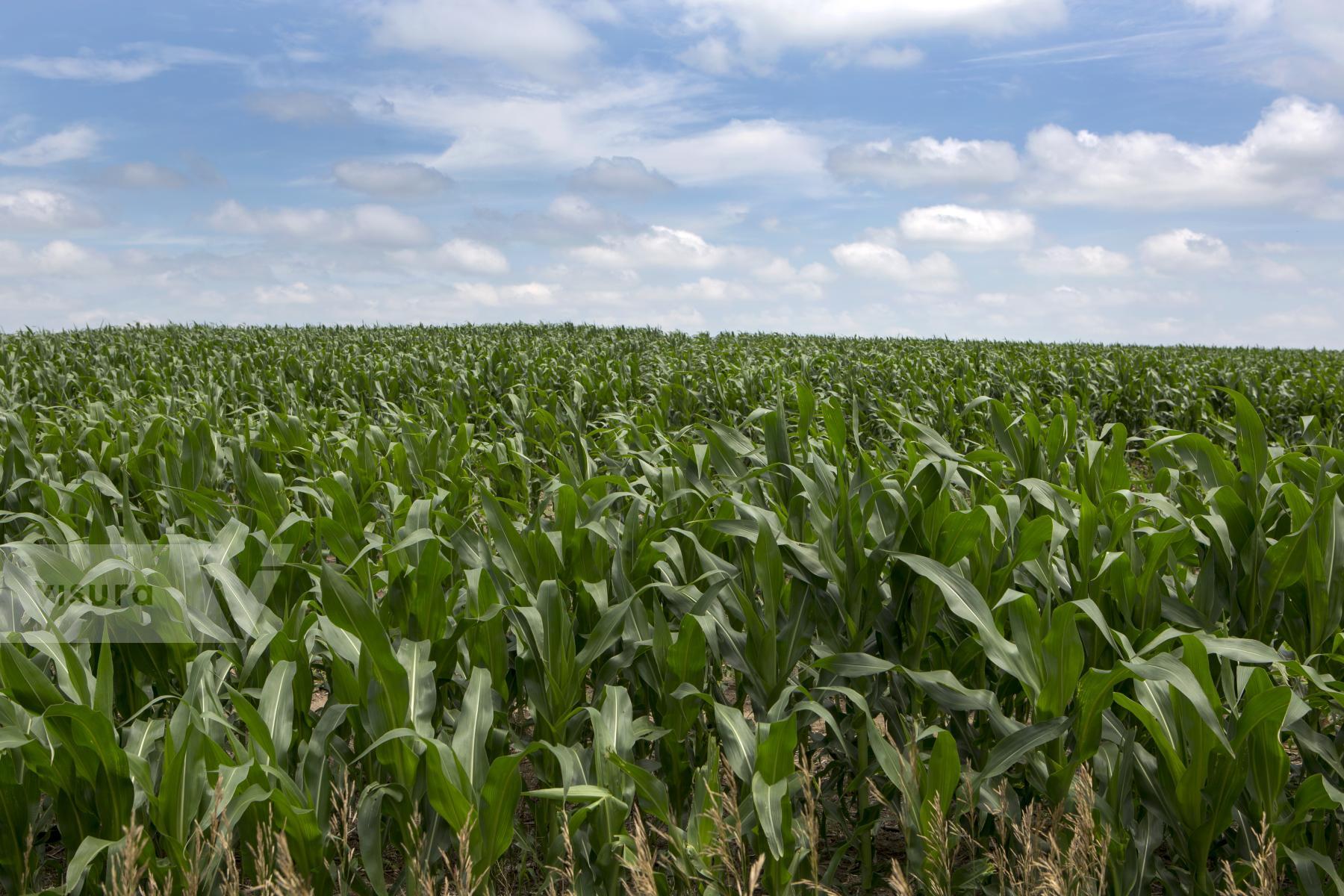
JULY 10 2014, O'Neil, NEBRASKA : Nebraska is known as the
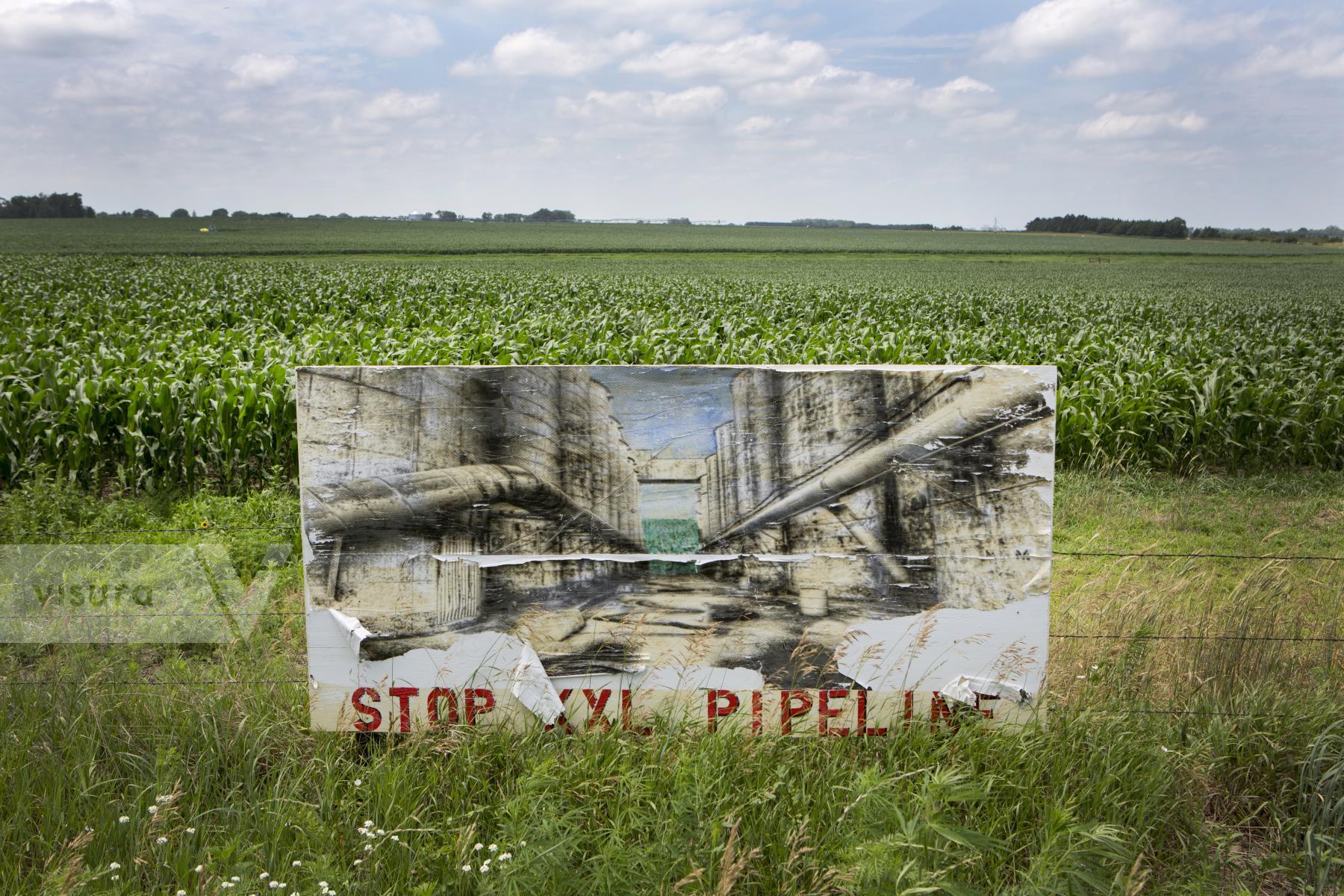
JULY 10 2014, O'Neil, NEBRASKA : Nebraska is known as the “Cornhusker State” – and is the third largest corn-producing state in the United States. Ttanscanada want to run the Keystone Pipeline through Nebraska farmlands, drawing the opposition of local farmers. O'Neil county lays above the Oglala aquifer, providing ample water reserves to irrigate corn, soybeans and sorghum, as there only 20-25 inches precipitation during an average year. (photo by Jean-Marc Giboux) O'NEIL USA
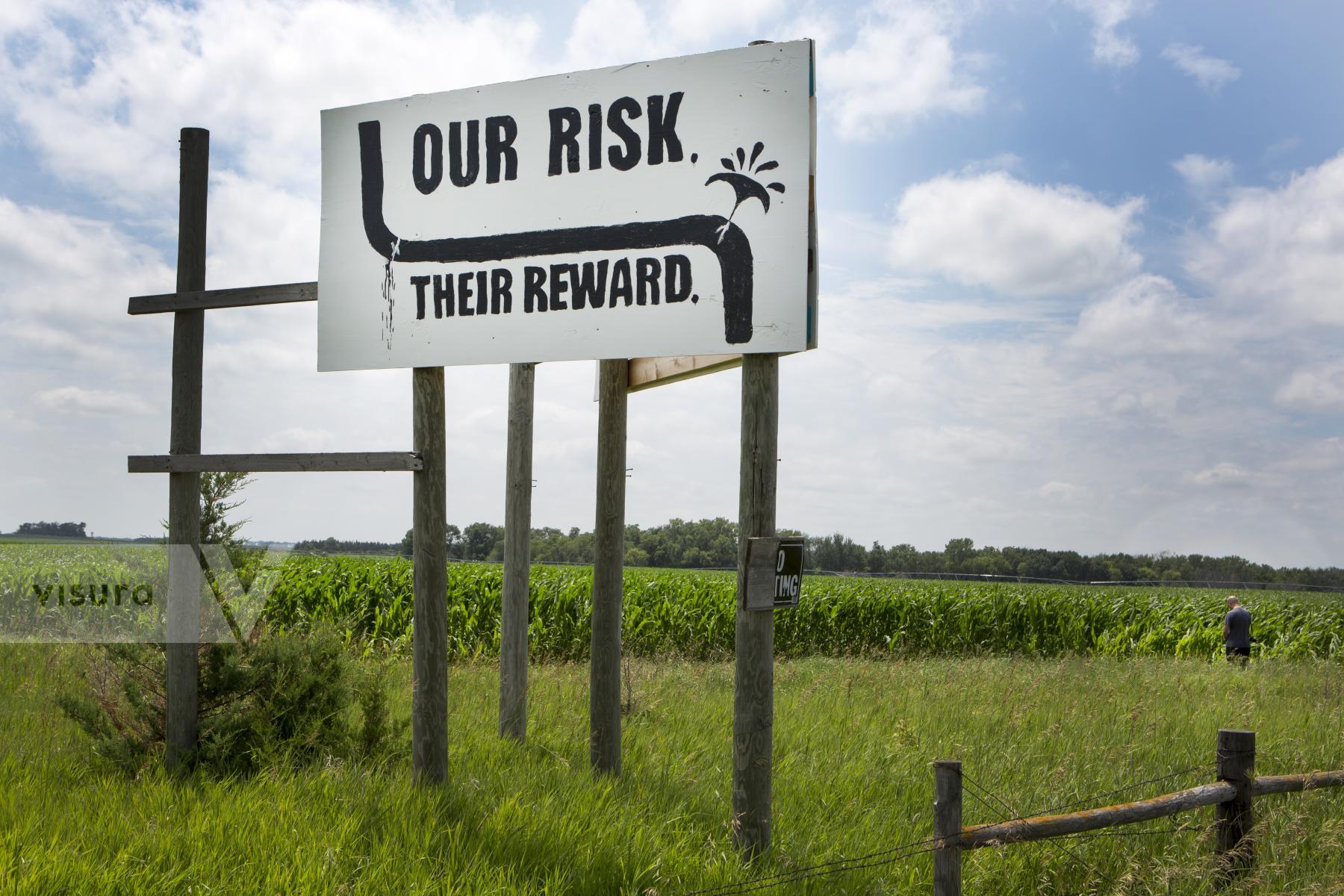
JULY 10 2014, O'Neil, NEBRASKA : Nebraska is known as the “Cornhusker State” – and is the third largest corn-producing state in the United States. Ttanscanada want to run the Keystone Pipeline through Nebraska farmlands, drawing the opposition of local farmers. O'Neil county lays above the Oglala aquifer, providing ample water reserves to irrigate corn, soybeans and sorghum, as there only 20-25 inches precipitation during an average year. (photo by Jean-Marc Giboux) O'NEIL USA
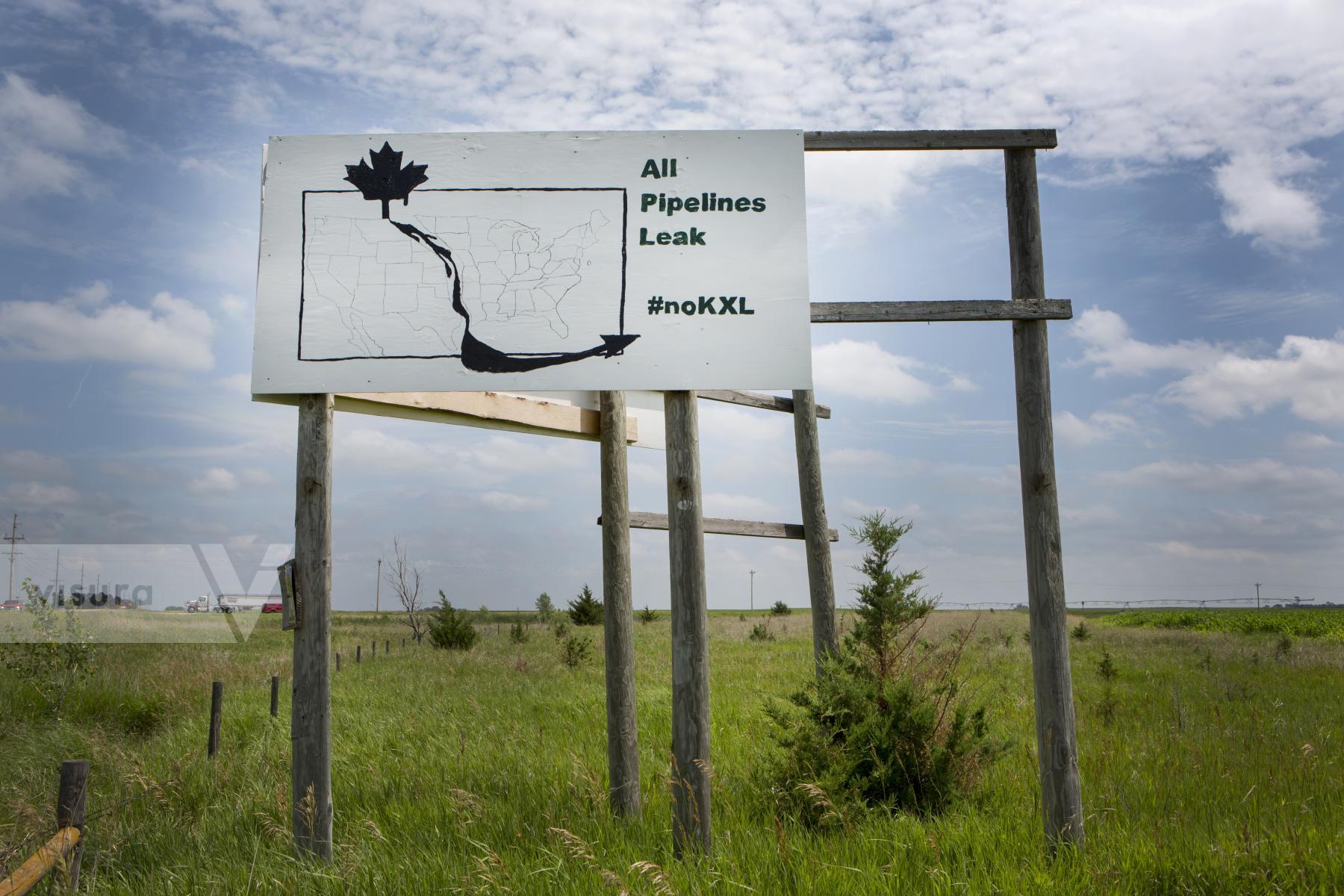
JULY 10 2014, O'Neil, NEBRASKA : Nebraska is known as the “Cornhusker State” – and is the third largest corn-producing state in the United States. Ttanscanada want to run the Keystone Pipeline through Nebraska farmlands, drawing the opposition of local farmers. O'Neil county lays above the Oglala aquifer, providing ample water reserves to irrigate corn, soybeans and sorghum, as there only 20-25 inches precipitation during an average year. (photo by Jean-Marc Giboux) O'NEIL USA

JULY 10 2014, O'Neil, NEBRASKA : Nebraska is known as the “Cornhusker State” – and is the third largest corn-producing state in the United States. Ttanscanada want to run the Keystone Pipeline through Nebraska farmlands, drawing the opposition of local farmers. O'Neil county lays above the Oglala aquifer, providing ample water reserves to irrigate corn, soybeans and sorghum, as there only 20-25 inches precipitation during an average year. (photo by Jean-Marc Giboux) O'NEIL USA
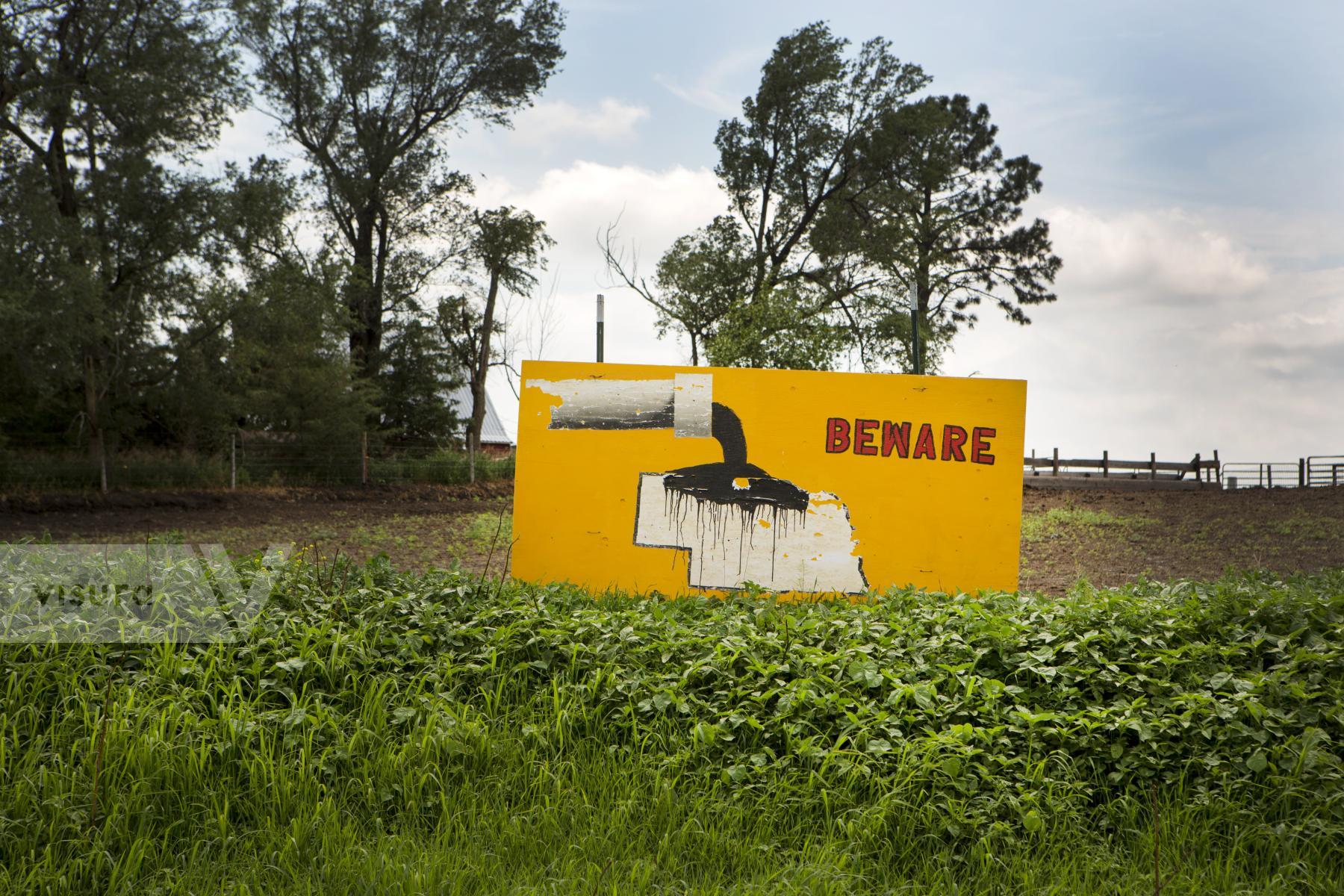
JULY 10 2014, O'Neil, NEBRASKA : Nebraska is known as the “Cornhusker State” – and is the third largest corn-producing state in the United States. Ttanscanada want to run the Keystone Pipeline through Nebraska farmlands, drawing the opposition of local farmers. O'Neil county lays above the Oglala aquifer, providing ample water reserves to irrigate corn, soybeans and sorghum, as there only 20-25 inches precipitation during an average year. (photo by Jean-Marc Giboux) O'NEIL USA

JULY 10, 2014, Rosebud Reservation, South Dakota: The Rosebud protest camp stand on the path of the Keystone Pipeline. The Rosebud Sioux Tribe in South Dakota opposes the Keystone pipeline that is skirting the reservation but ride over their water source. Despite the fact that they live in one of the poorest county in North America, they do not see any positive in the building of the Trans Canada pipeline bringing oil from the Tar Sands to the refineries of Texas, and endangering their environment and way of life. (photo by Jean-Marc Giboux) ROSEBUD USA
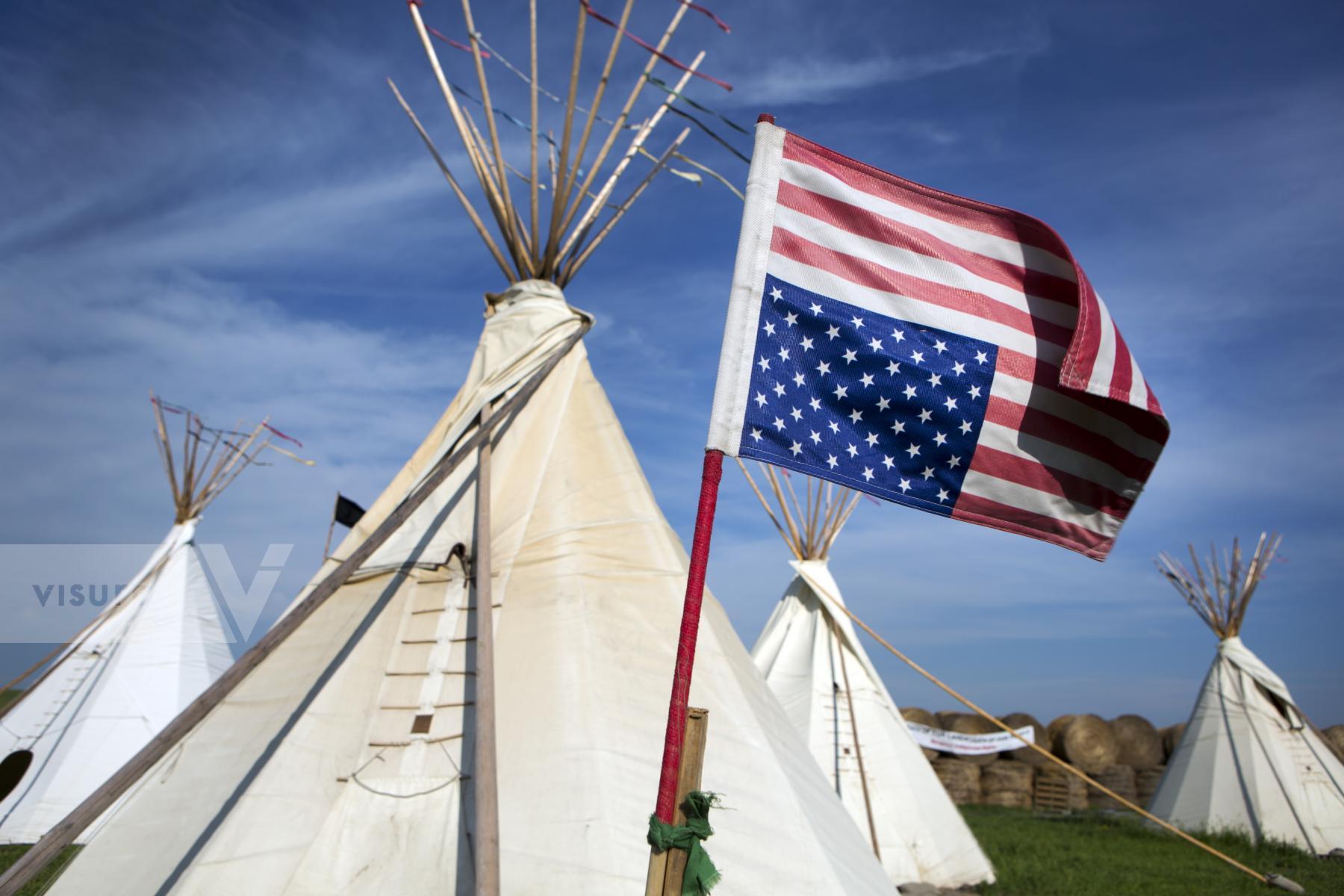
JULY 10, 2014, Rosebud Reservation, South Dakota: The Rosebud protest camp stand on the path of the Keystone Pipeline. The Rosebud Sioux Tribe in South Dakota opposes the Keystone pipeline that is skirting the reservation but ride over their water source. Despite the fact that they live in one of the poorest county in North America, they do not see any positive in the building of the Trans Canada pipeline bringing oil from the Tar Sands to the refineries of Texas, and endangering their environment and way of life. (photo by Jean-Marc Giboux) ROSEBUD USA
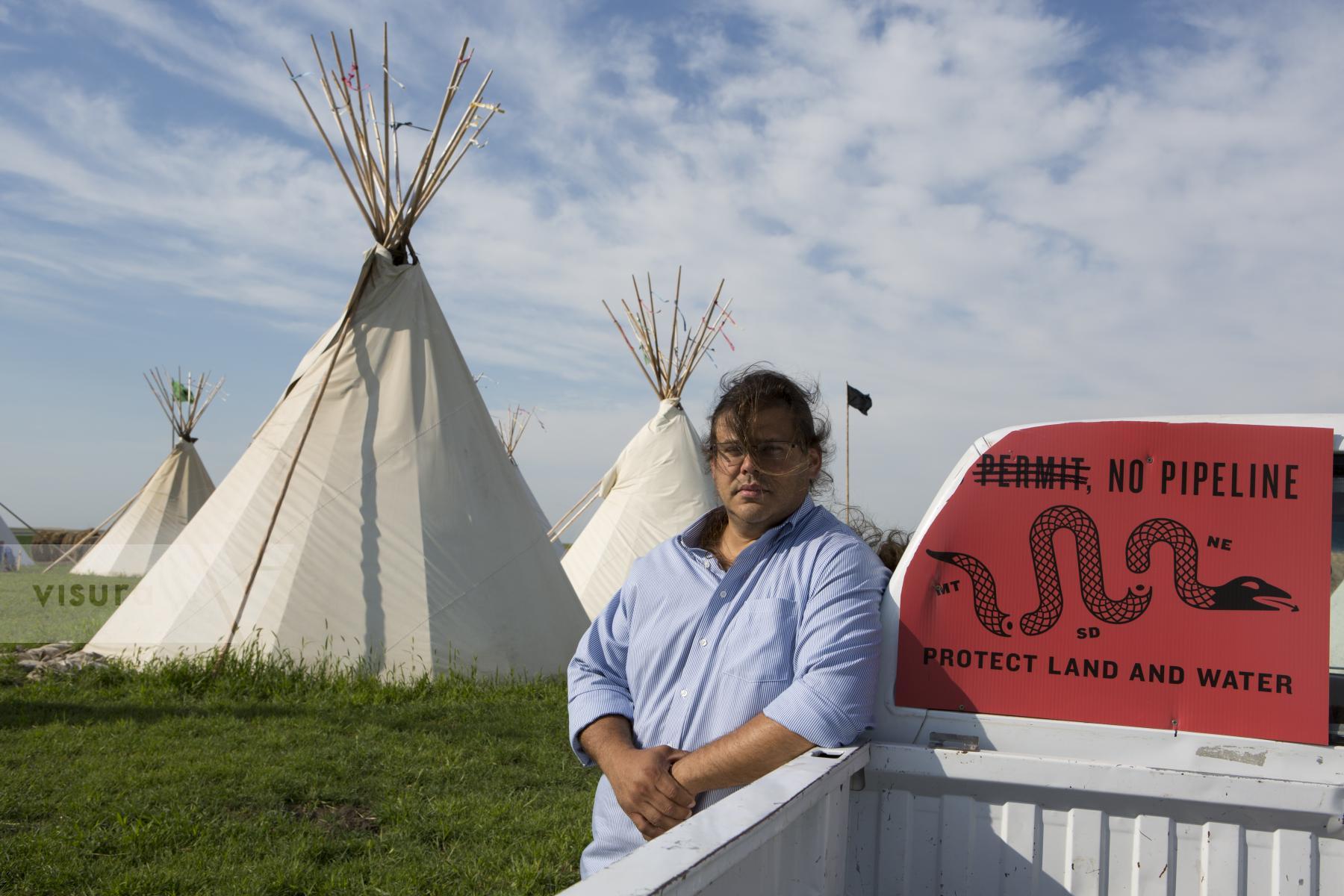
JULY 10, 2014, Rosebud Reservation, South Dakota: Aldo Seoane, activist, at The Rosebud protest camp stand on the path of the Keystone Pipeline. The Rosebud Sioux Tribe in South Dakota opposes the Keystone pipeline that is skirting the reservation but ride over their water source. Despite the fact that they live in one of the poorest county in North America, they do not see any positive in the building of the Trans Canada pipeline bringing oil from the Tar Sands to the refineries of Texas, and endangering their environment and way of life. (photo by Jean-Marc Giboux) ROSEBUD USA
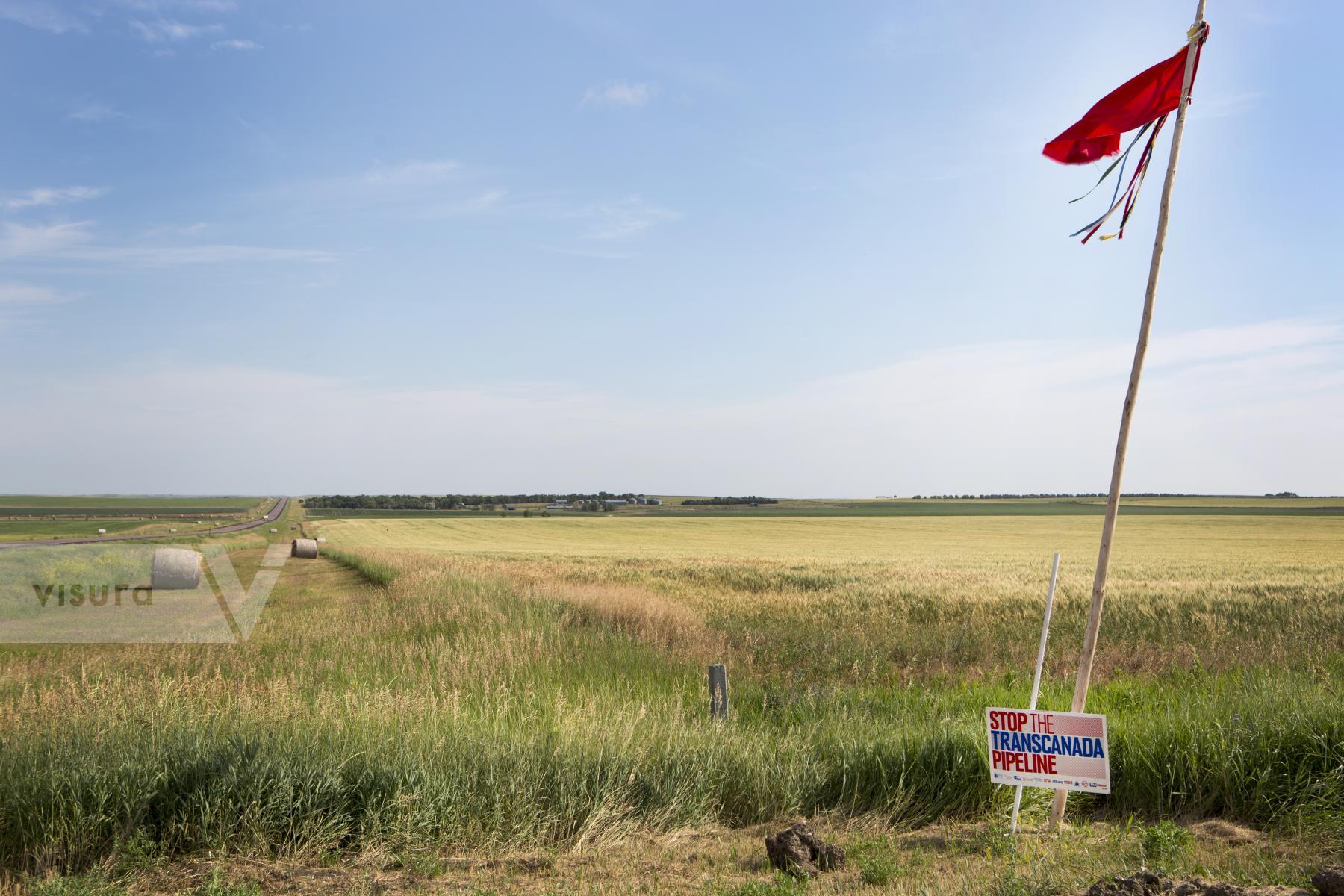
JULY 10, 2014, Rosebud Reservation, South Dakota: The Rosebud protest camp stand on the path of the Keystone Pipeline. The Rosebud Sioux Tribe in South Dakota opposes the Keystone pipeline that is skirting the reservation but ride over their water source. Despite the fact that they live in one of the poorest county in North America, they do not see any positive in the building of the Trans Canada pipeline bringing oil from the Tar Sands to the refineries of Texas, and endangering their environment and way of life. (photo by Jean-Marc Giboux) ROSEBUD USA

JULY 10, 2014, Winner, South Dakota: Shirley's Dinner in Winner, South Dakota. The town of Winner is supportive of the keystone pipeline project, hoping it will bring tax money and business, with the influx of workers working the sites. (photo by Jean-Marc Giboux) WINNER USA

JULY 11 2014, Polk, NEBRASKA : Jane Kleeb, founder of Bold Nebraska and anti- Keystone pipeline organizer. Nebraska is known as the “Cornhusker State” – and is the third largest corn-producing state in the United States. Transcanada want to run the Keystone Pipeline through Nebraska farmlands, drawing the opposition of local farmers. O'Neil county lays above the Oglala aquifer, providing ample water reserves to irrigate corn, soybeans and sorghum, as there only 20-25 inches precipitation during an average year. (photo by Jean-Marc Giboux) POLK USA
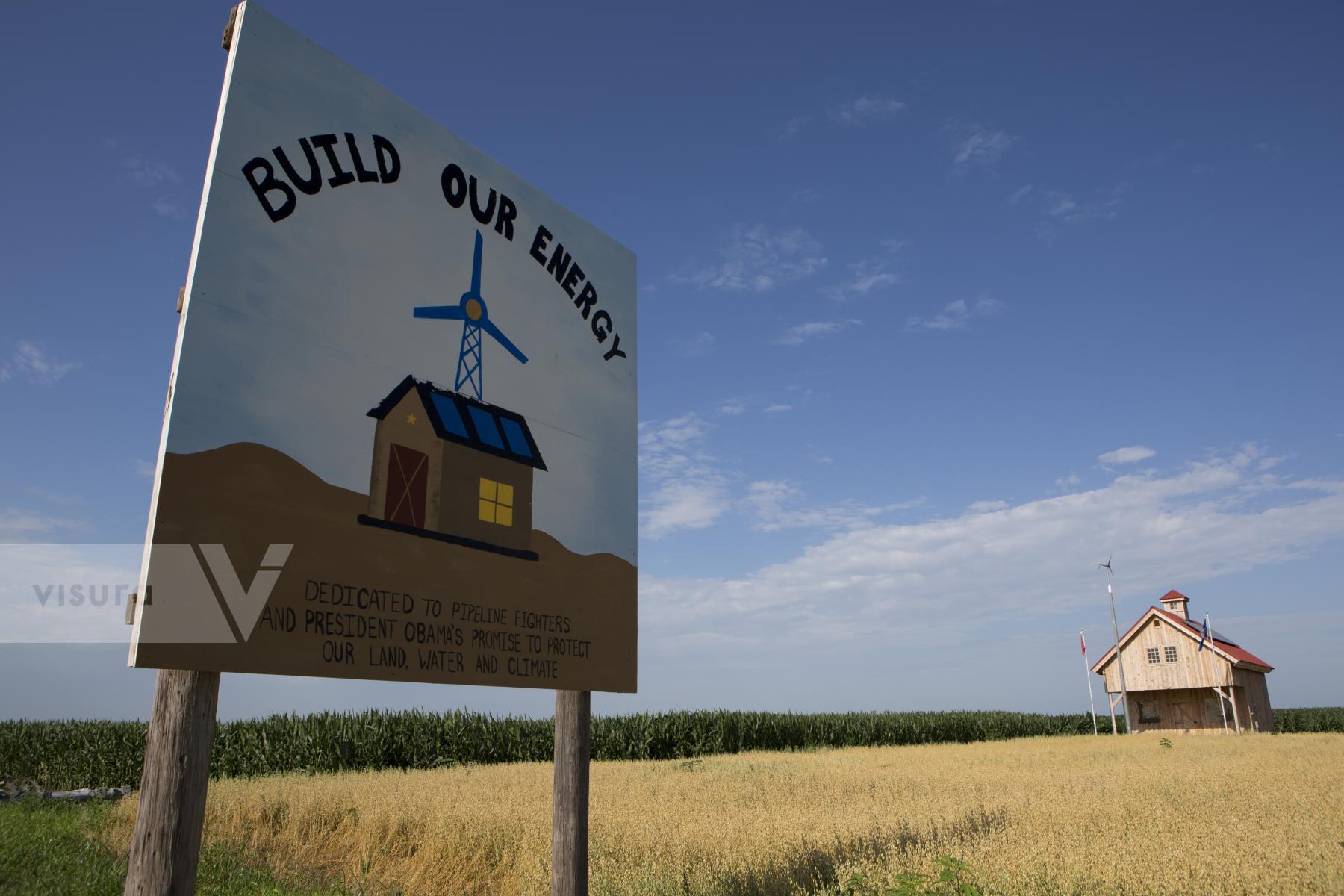
JULY 11 2014, Polk, NEBRASKA : The Energy Barn, powered by wind and solar energy, was built on the future path of the Keystone Pipeline by local people and the Bold Nebraska organization in Polk, Nebraska, as an act of defiance to Transcanada . Nebraska is known as the “Cornhusker State” – and is the third largest corn-producing state in the United States. Transcanada want to run the Keystone Pipeline through Nebraska farmlands, drawing the opposition of local farmers. O'Neil county lays above the Oglala aquifer, providing ample water reserves to irrigate corn, soybeans and sorghum, as there only 20-25 inches precipitation during an average year. (photo by Jean-Marc Giboux) POLK USA

JULY 11 2014, Polk, NEBRASKA : Shannon Graves opposes the Keystone Pipeline route in Nebraska, just a few yards from her old family home in Polk. Nebraska is known as the “Cornhusker State” – and is the third largest corn-producing state in the United States. Transcanada want to run the Keystone Pipeline through Nebraska farmlands, drawing the opposition of local farmers. O'Neil county lays above the Oglala aquifer, providing ample water reserves to irrigate corn, soybeans and sorghum, as there only 20-25 inches precipitation during an average year. (photo by Jean-Marc Giboux) POLK USA
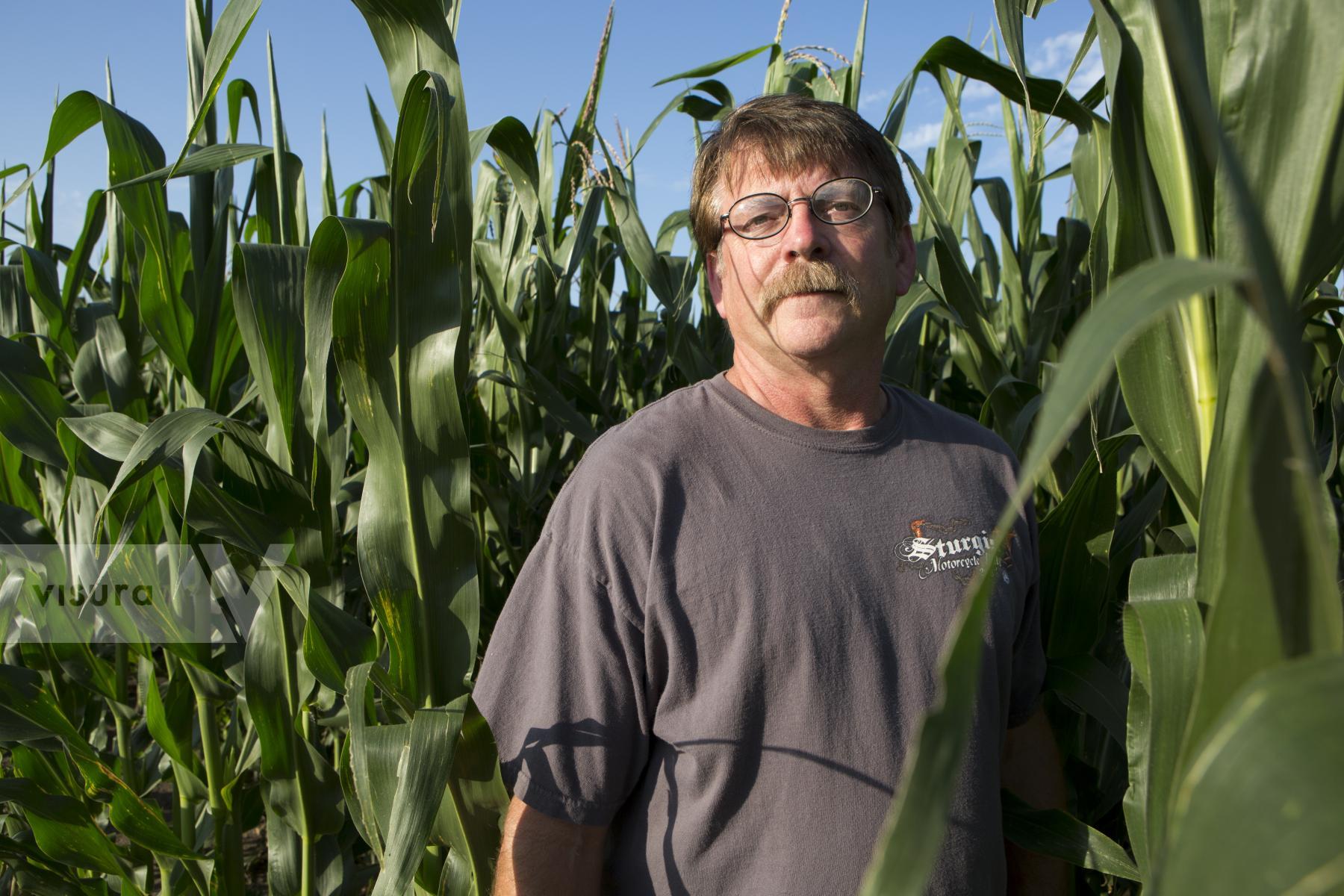
JULY 11 2014, Polk, NEBRASKA : Corn farmer Brian Bedient from Polk, opposes the Keystone Pipeline route in Nebraska. Nebraska is known as the “Cornhusker State” – and is the third largest corn-producing state in the United States. Transcanada want to run the Keystone Pipeline through Nebraska farmlands, drawing the opposition of local farmers. O'Neil county lays above the Oglala aquifer, providing ample water reserves to irrigate corn, soybeans and sorghum, as there only 20-25 inches precipitation during an average year. (photo by Jean-Marc Giboux) POLK USA
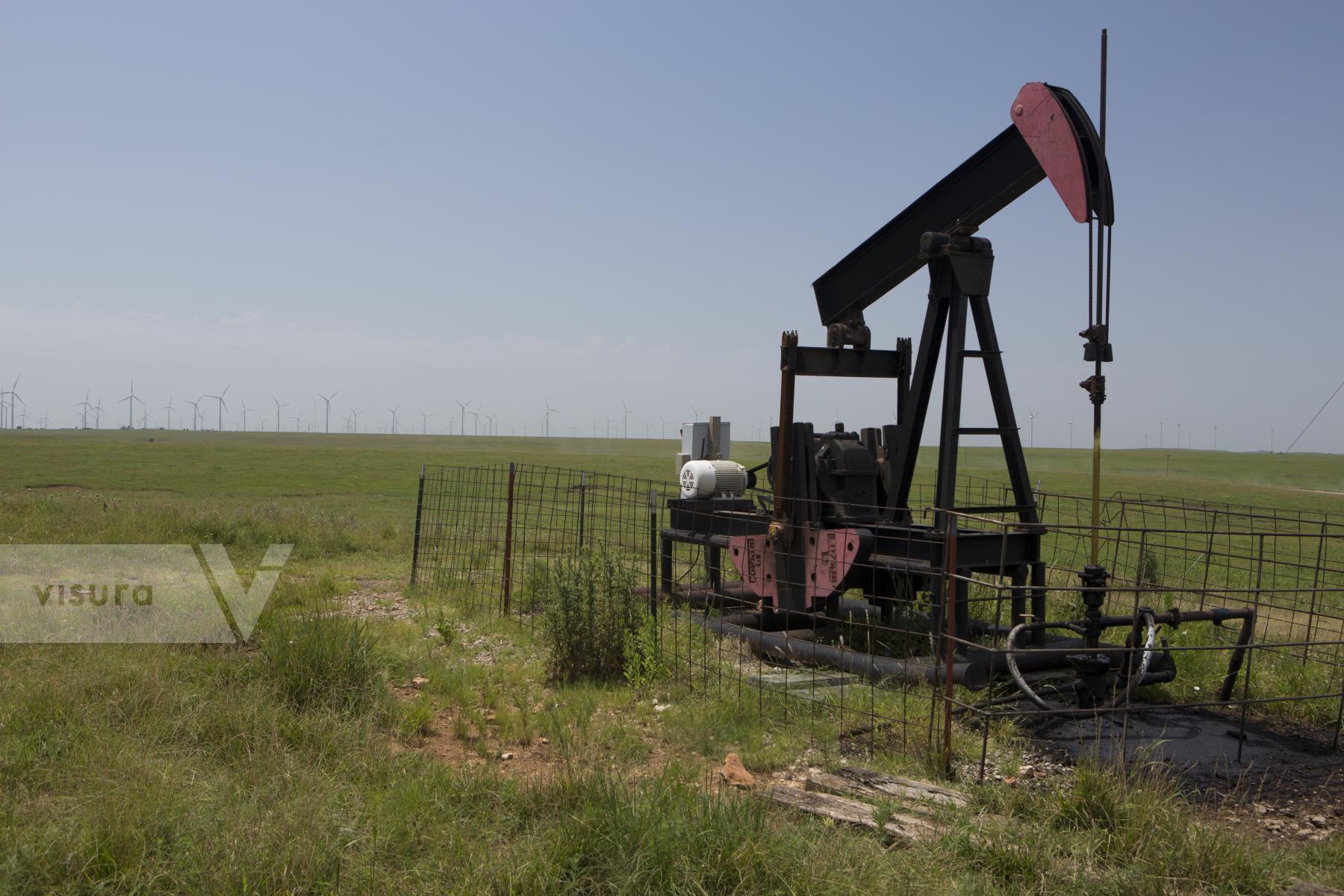
JULY 13 2014, BEAUMONT, KANSAS : PETE FERRELL
Pete Ferrell, with his 7,000-acre ranch in the Flint Hills of southeastern Kansas, home of the second commercial-scale wind farm built in the state, is one of the fathers of Kansas wind farming.
He owns the land under 50 of the 100 turbines of the Elk River Wind Project, a 150-megawatt wind farm that opened in 2005. Kansas, in the middle of the wind belt, has become a battleground for the wind revolution. (photo by Jean-Marc Giboux) BEAUMONT USA
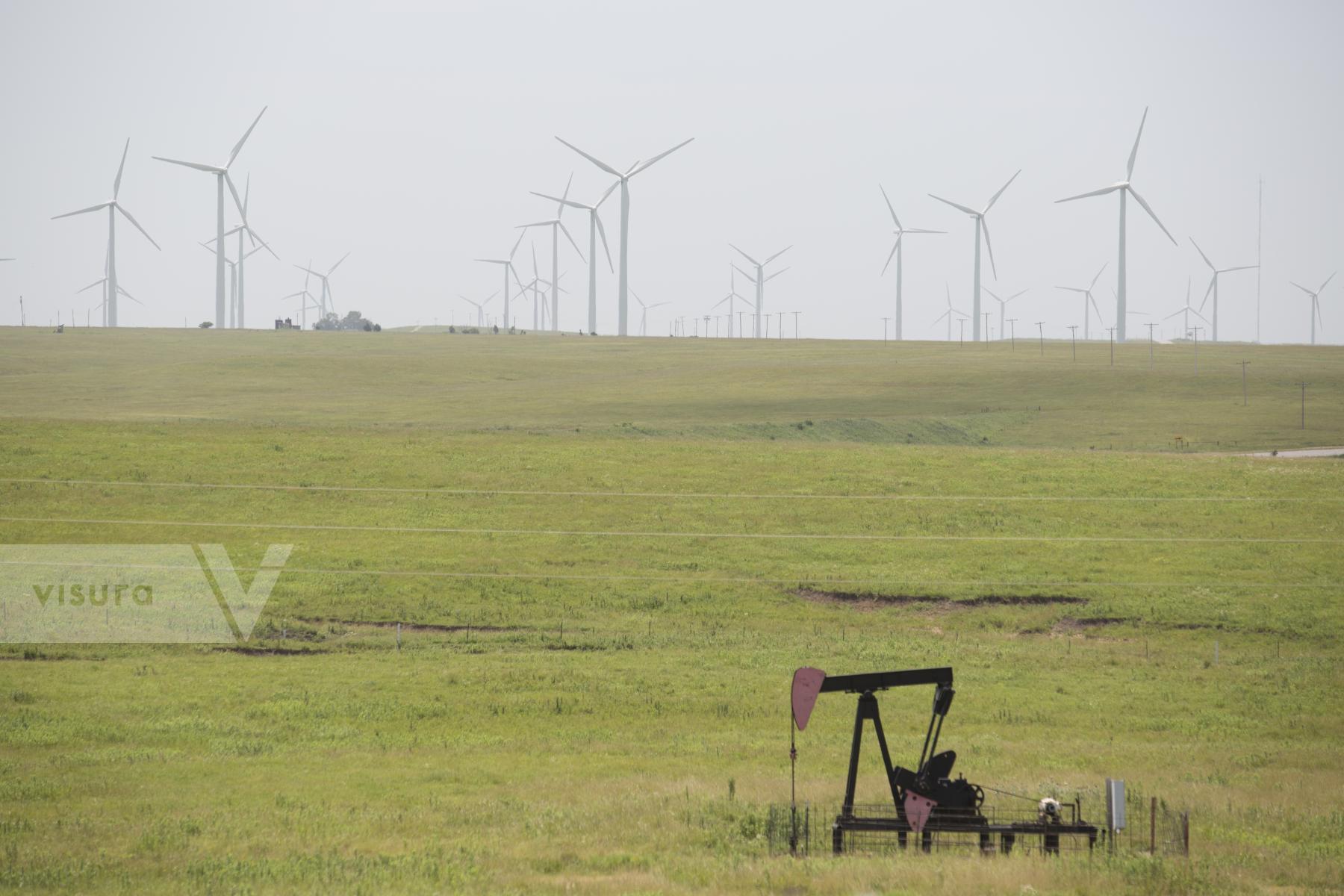
JULY 13 2014, BEAUMONT, KANSAS : PETE FERRELL
Pete Ferrell, with his 7,000-acre ranch in the Flint Hills of southeastern Kansas, home of the second commercial-scale wind farm built in the state, is one of the fathers of Kansas wind farming.
He owns the land under 50 of the 100 turbines of the Elk River Wind Project, a 150-megawatt wind farm that opened in 2005. Kansas, in the middle of the wind belt, has become a battleground for the wind revolution. (photo by Jean-Marc Giboux) BEAUMONT USA
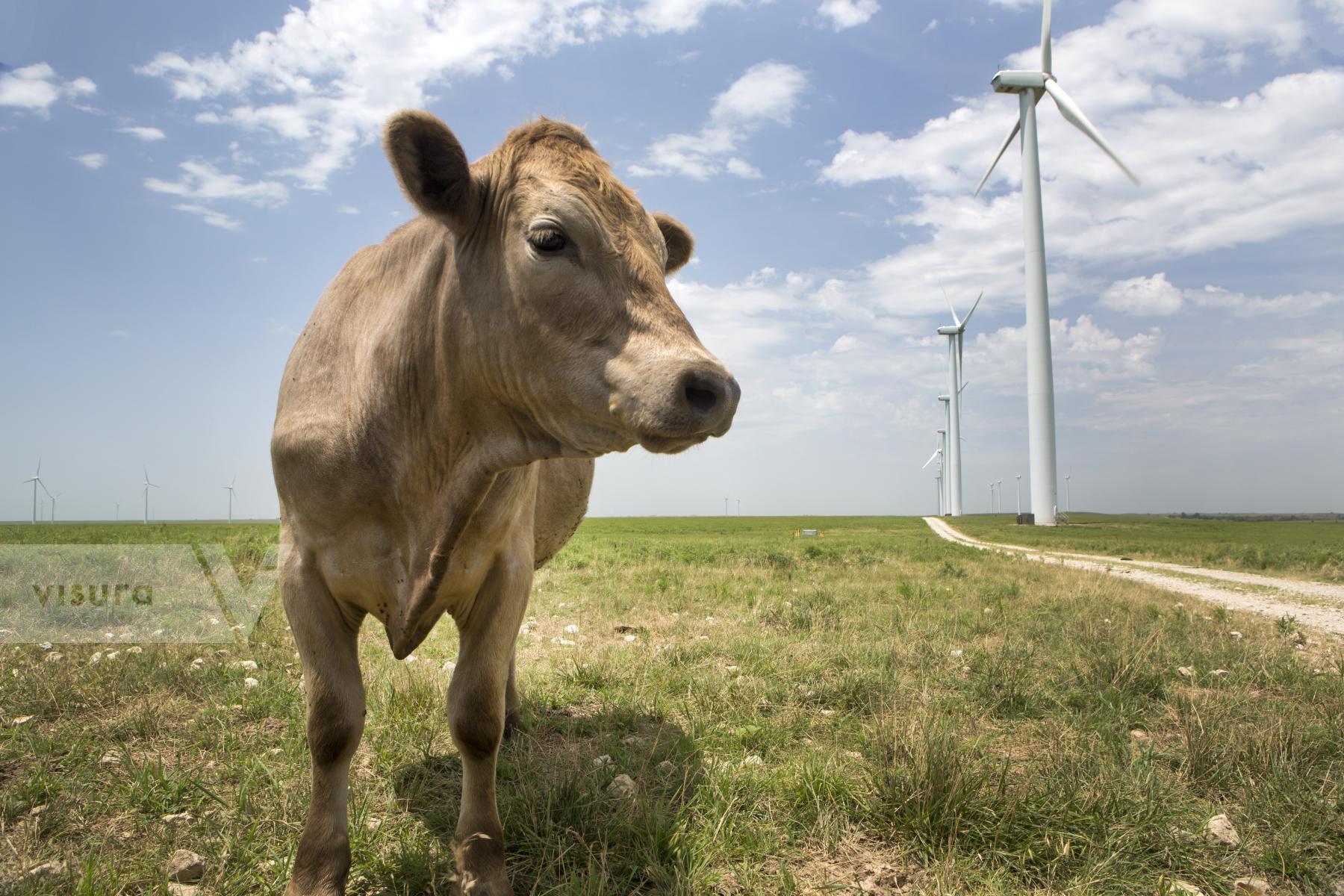
JULY 13 2014, BEAUMONT, KANSAS : PETE FERRELL
Pete Ferrell, with his 7,000-acre ranch in the Flint Hills of southeastern Kansas, home of the second commercial-scale wind farm built in the state, is one of the fathers of Kansas wind farming.
He owns the land under 50 of the 100 turbines of the Elk River Wind Project, a 150-megawatt wind farm that opened in 2005. Kansas, in the middle of the wind belt, has become a battleground for the wind revolution. (photo by Jean-Marc Giboux) BEAUMONT USA
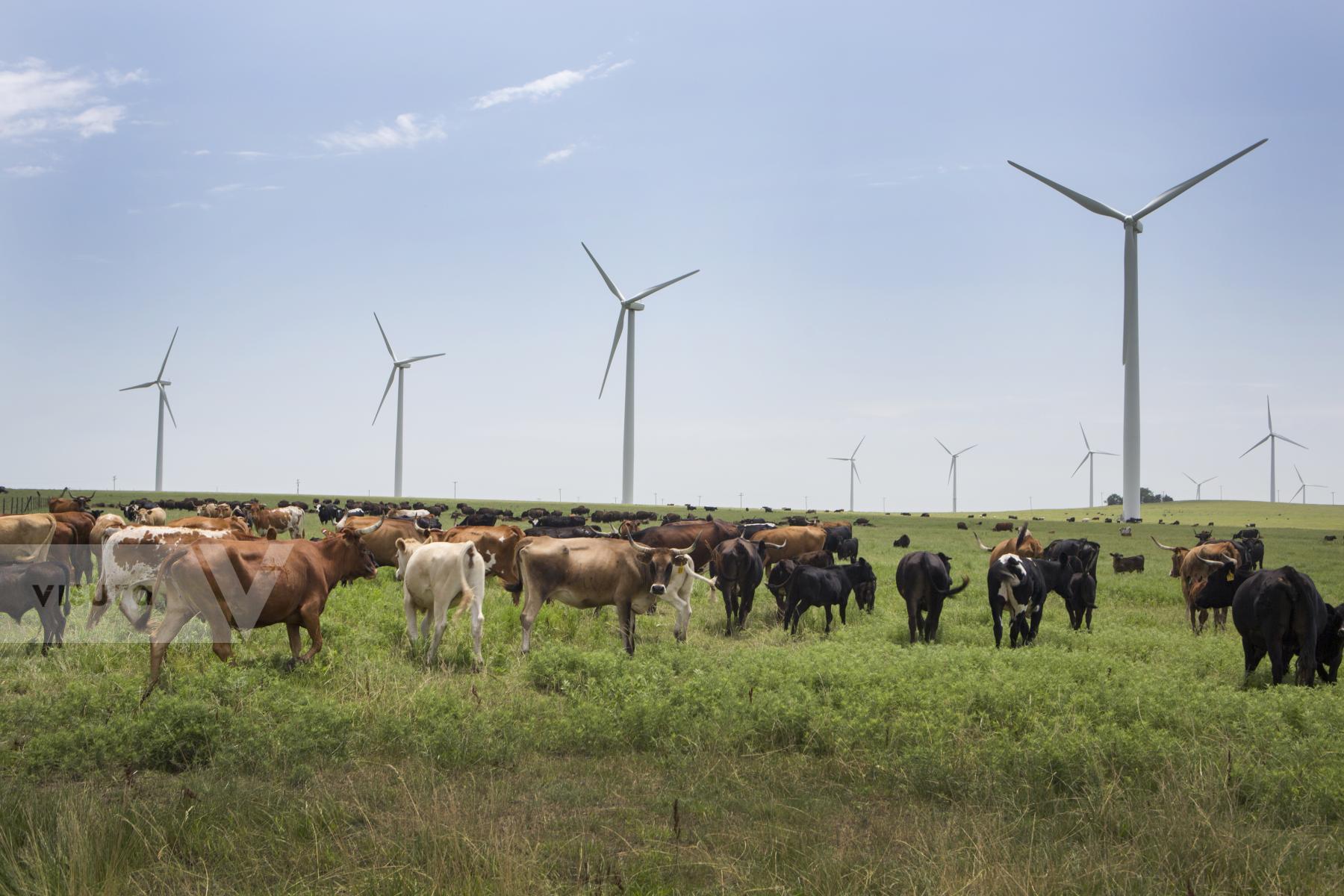
JULY 13 2014, BEAUMONT, KANSAS : PETE FERRELL
Pete Ferrell, with his 7,000-acre ranch in the Flint Hills of southeastern Kansas, home of the second commercial-scale wind farm built in the state, is one of the fathers of Kansas wind farming.
He owns the land under 50 of the 100 turbines of the Elk River Wind Project, a 150-megawatt wind farm that opened in 2005. Kansas, in the middle of the wind belt, has become a battleground for the wind revolution. (photo by Jean-Marc Giboux) BEAUMONT USA

JULY 13 2014, BEAUMONT, KANSAS : PETE FERRELL
Pete Ferrell, with his 7,000-acre ranch in the Flint Hills of southeastern Kansas, home of the second commercial-scale wind farm built in the state, is one of the fathers of Kansas wind farming.
He owns the land under 50 of the 100 turbines of the Elk River Wind Project, a 150-megawatt wind farm that opened in 2005. Kansas, in the middle of the wind belt, has become a battleground for the wind revolution. (photo by Jean-Marc Giboux) BEAUMONT USA
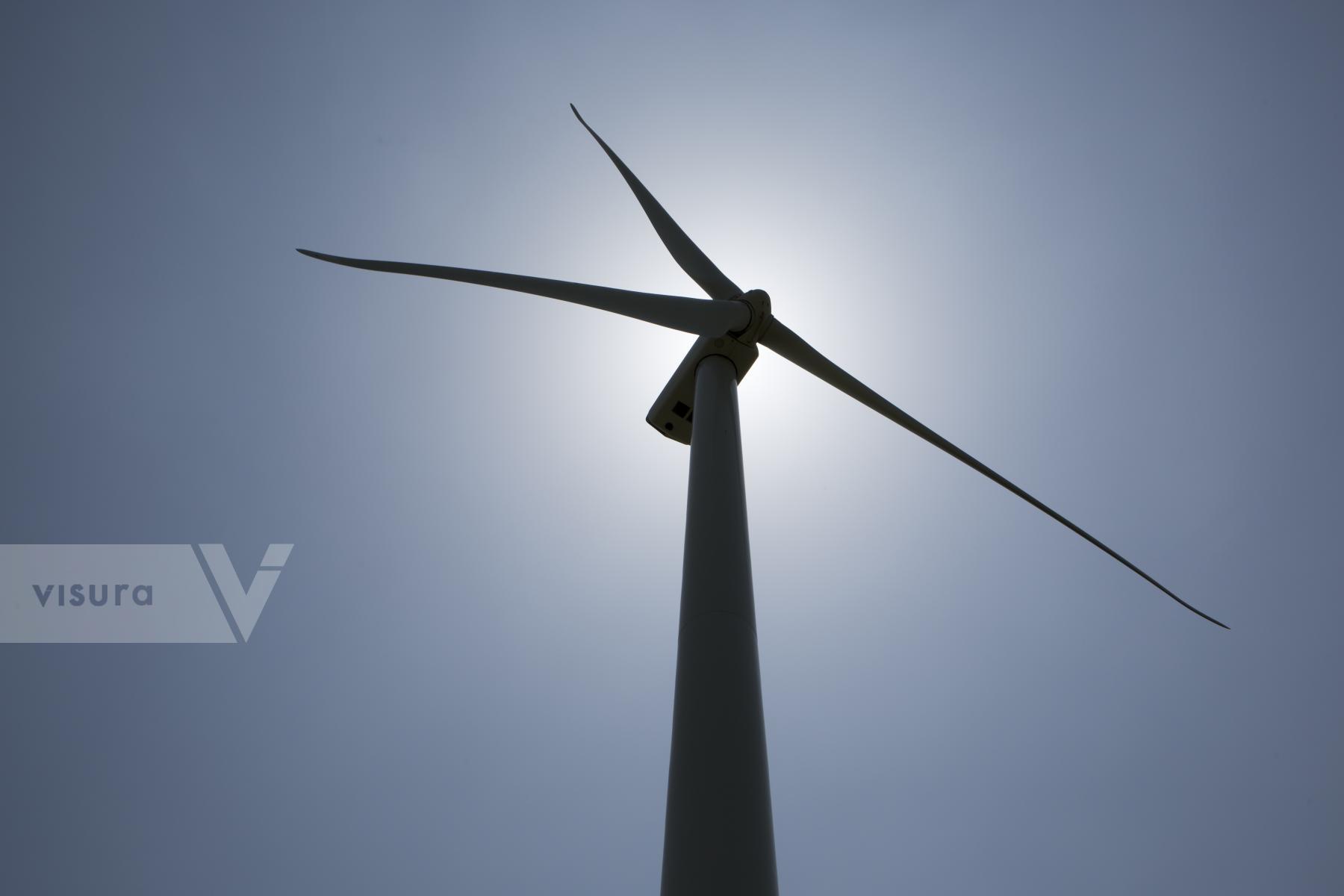
JULY 13 2014, BEAUMONT, KANSAS : PETE FERRELL
Pete Ferrell, with his 7,000-acre ranch in the Flint Hills of southeastern Kansas, home of the second commercial-scale wind farm built in the state, is one of the fathers of Kansas wind farming.
He owns the land under 50 of the 100 turbines of the Elk River Wind Project, a 150-megawatt wind farm that opened in 2005. Kansas, in the middle of the wind belt, has become a battleground for the wind revolution. (photo by Jean-Marc Giboux) BEAUMONT USA
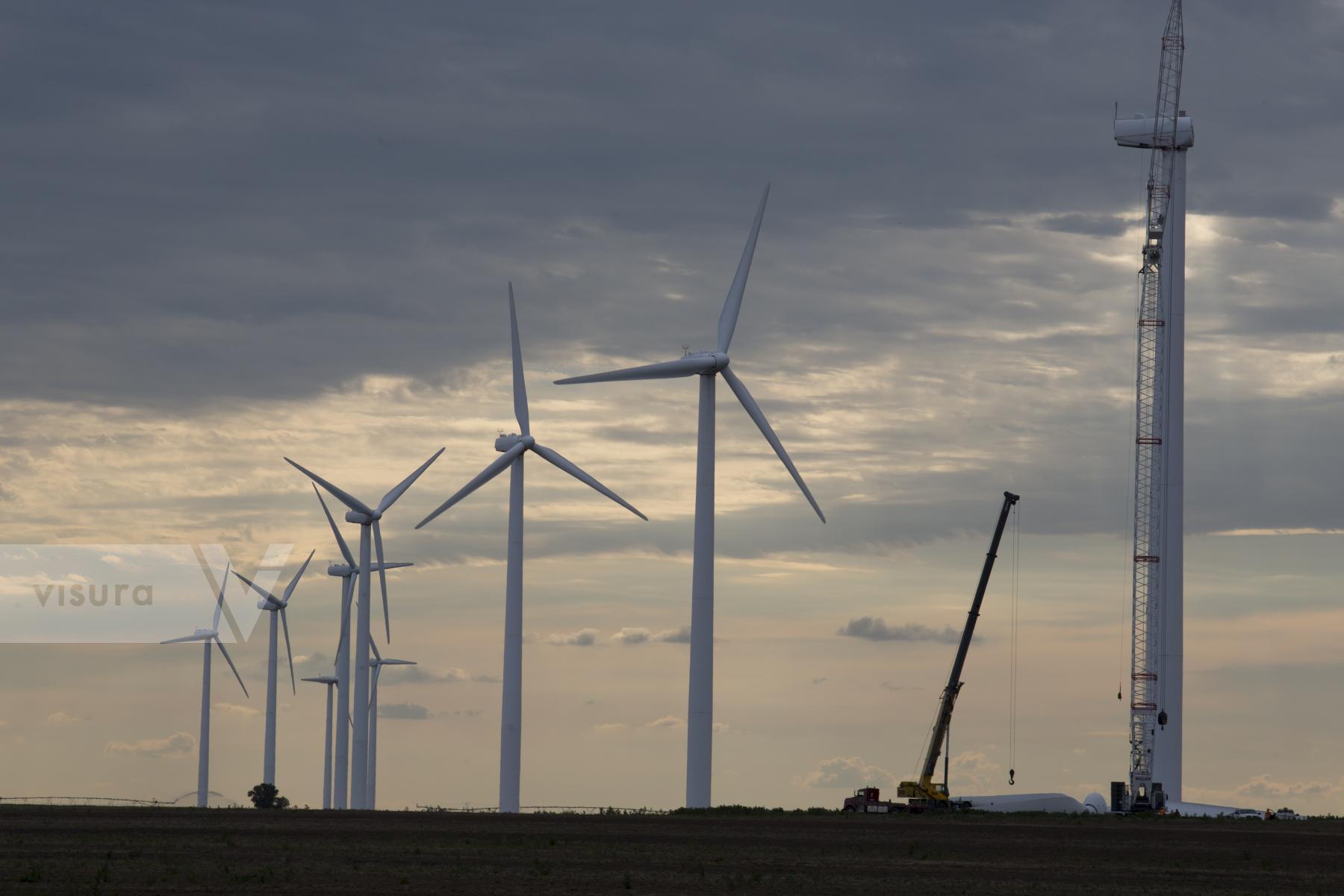
JULY 13 2014, GREENSBURG, KANSAS : The town of Greensburg was devastated by a Tornado in 2007. After the tornado, the city council passed a resolution stating that all city buildings would be built to LEED - platinum standards, making it the first city in the nation to do so. Greensburg is rebuilding as a "green" town, with the help of Greensburg GreenTown, a non-profit organization created to help the residents learn about and implement the green living initiative.
The city's power is supplied by ten 1.25 MW wind-turbines (photo by Jean-Marc Giboux) GREENSBURG USA
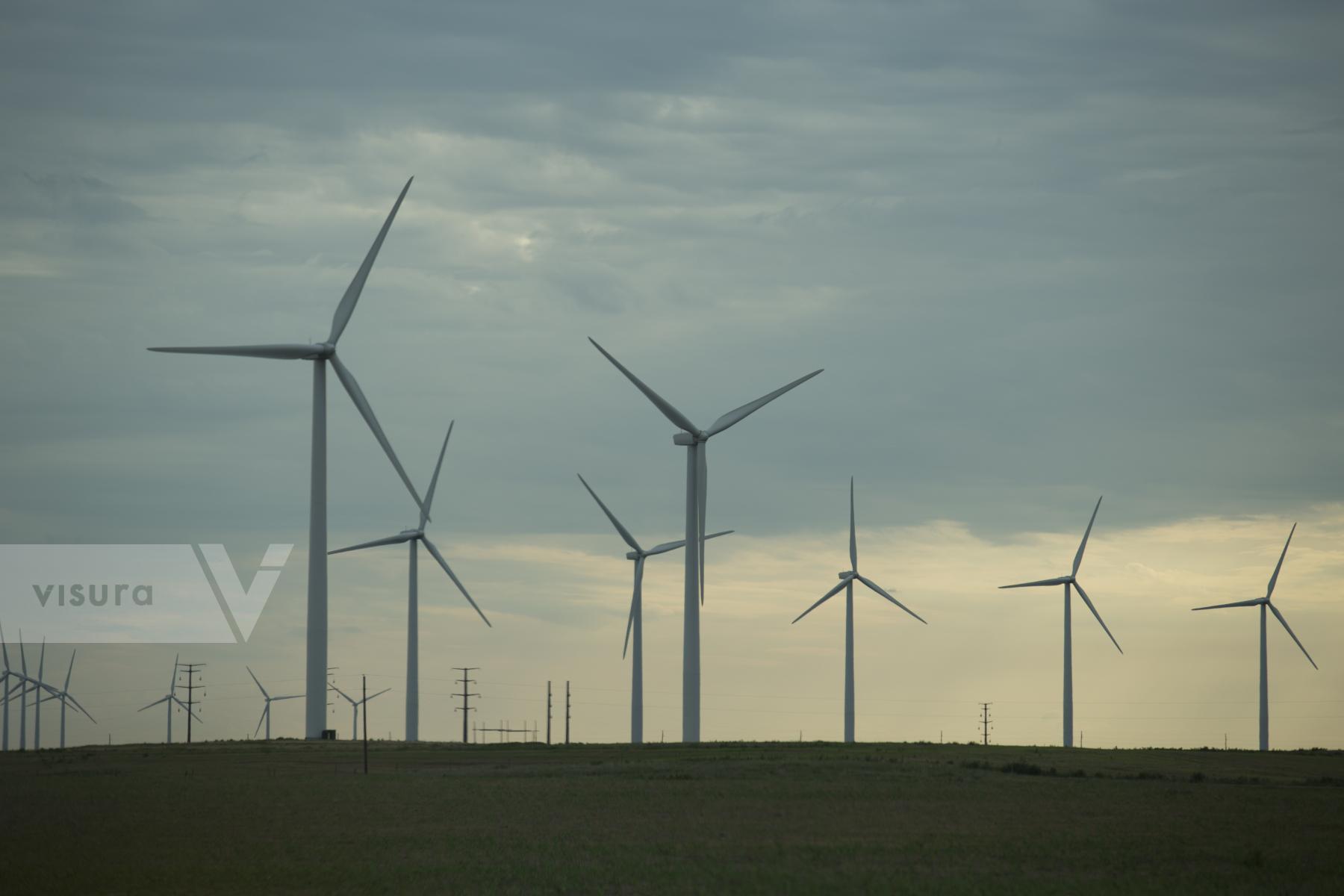
JULY 13 2014, GREENSBURG, KANSAS : The town of Greensburg was devastated by a Tornado in 2007. After the tornado, the city council passed a resolution stating that all city buildings would be built to LEED - platinum standards, making it the first city in the nation to do so. Greensburg is rebuilding as a "green" town, with the help of Greensburg GreenTown, a non-profit organization created to help the residents learn about and implement the green living initiative.
The city's power is supplied by ten 1.25 MW wind-turbines (photo by Jean-Marc Giboux) GREENSBURG USA
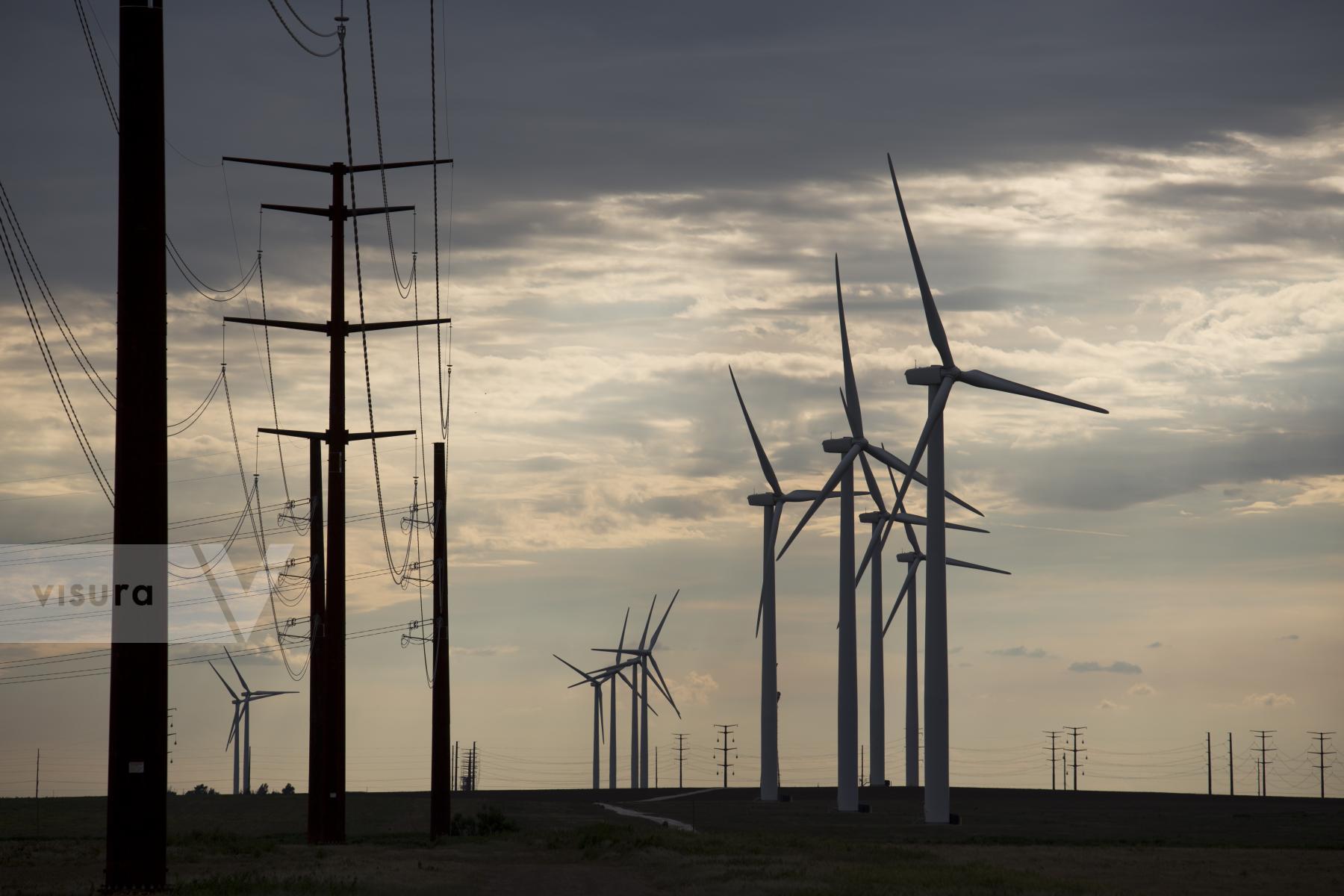
JULY 13 2014, GREENSBURG, KANSAS : The town of Greensburg was devastated by a Tornado in 2007. After the tornado, the city council passed a resolution stating that all city buildings would be built to LEED - platinum standards, making it the first city in the nation to do so. Greensburg is rebuilding as a "green" town, with the help of Greensburg GreenTown, a non-profit organization created to help the residents learn about and implement the green living initiative.
The city's power is supplied by ten 1.25 MW wind-turbines (photo by Jean-Marc Giboux) GREENSBURG USA
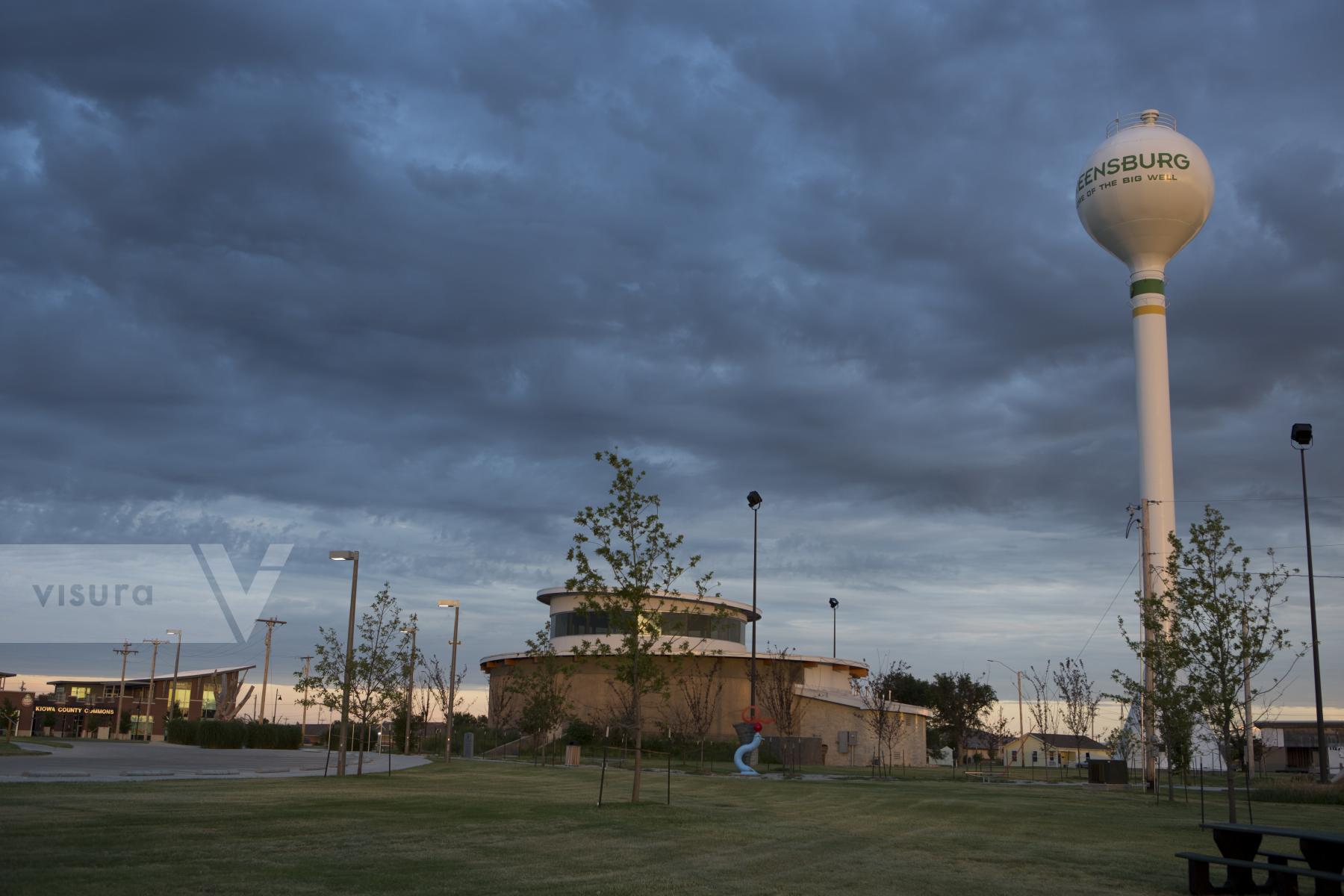
JULY 13 2014, GREENSBURG, KANSAS : The town of Greensburg was devastated by a Tornado in 2007. After the tornado, the city council passed a resolution stating that all city buildings would be built to LEED - platinum standards, making it the first city in the nation to do so. Greensburg is rebuilding as a "green" town, with the help of Greensburg GreenTown, a non-profit organization created to help the residents learn about and implement the green living initiative.
The city's power is supplied by ten 1.25 MW wind-turbines (photo by Jean-Marc Giboux) GREENSBURG USA
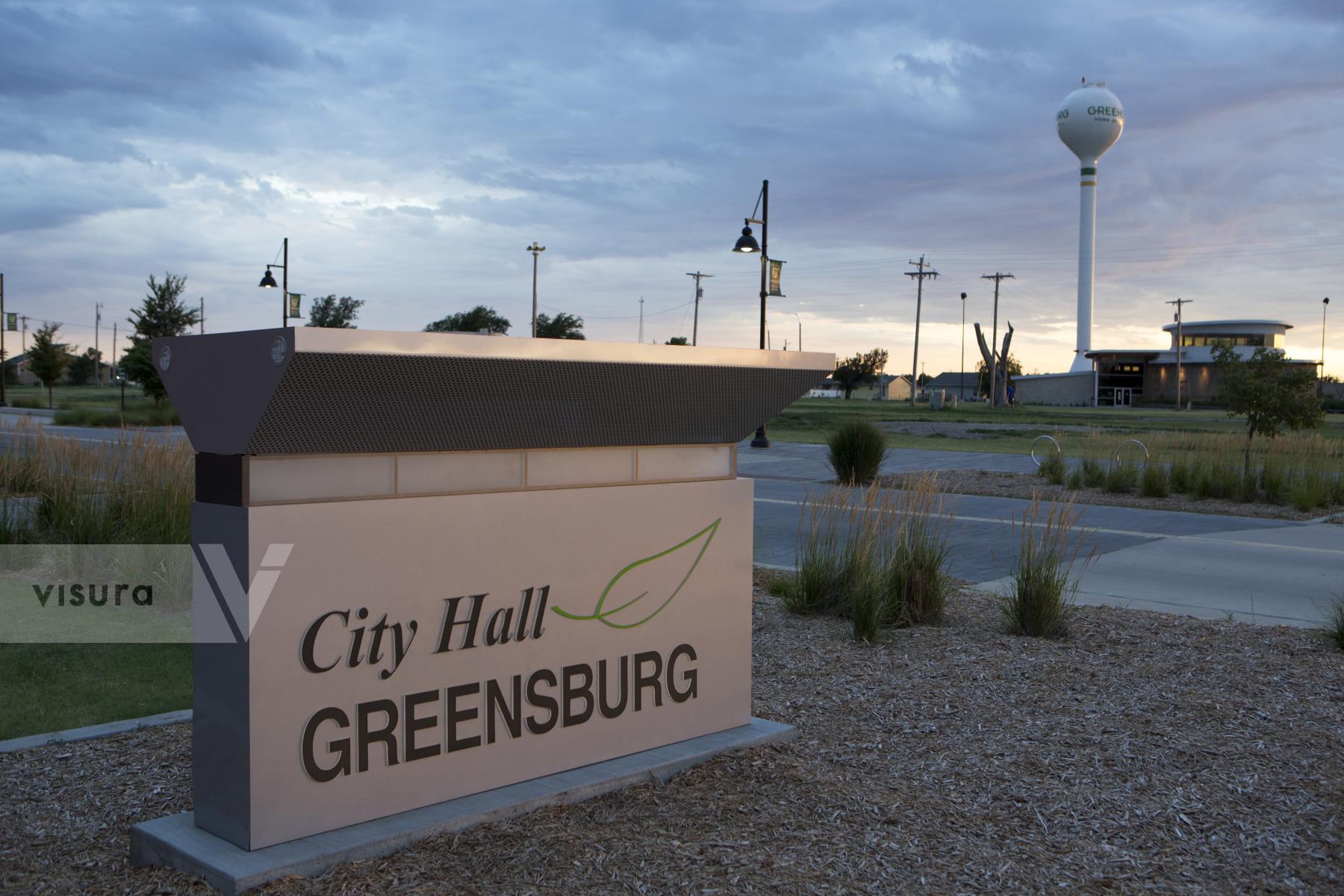
JULY 13 2014, GREENSBURG, KANSAS : The town of Greensburg was devastated by a Tornado in 2007. After the tornado, the city council passed a resolution stating that all city buildings would be built to LEED - platinum standards, making it the first city in the nation to do so. Greensburg is rebuilding as a "green" town, with the help of Greensburg GreenTown, a non-profit organization created to help the residents learn about and implement the green living initiative.
The city's power is supplied by ten 1.25 MW wind-turbines (photo by Jean-Marc Giboux) GREENSBURG USA
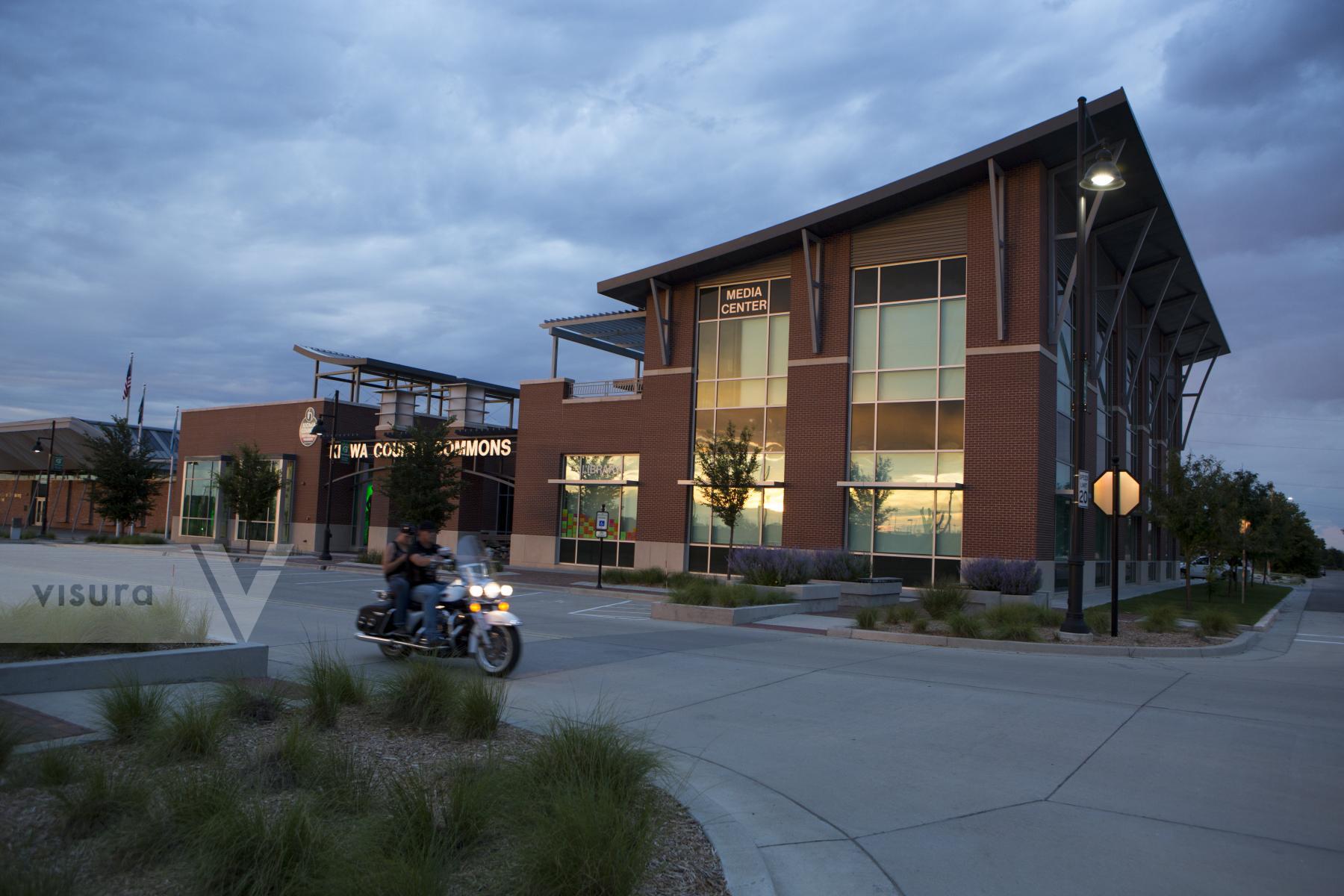
JULY 13 2014, GREENSBURG, KANSAS : The town of Greensburg was devastated by a Tornado in 2007. After the tornado, the city council passed a resolution stating that all city buildings would be built to LEED - platinum standards, making it the first city in the nation to do so. Greensburg is rebuilding as a "green" town, with the help of Greensburg GreenTown, a non-profit organization created to help the residents learn about and implement the green living initiative.
The city's power is supplied by ten 1.25 MW wind-turbines (photo by Jean-Marc Giboux) GREENSBURG USA

JULY 13 2014, GREENSBURG, KANSAS : The town of Greensburg was devastated by a Tornado in 2007. After the tornado, the city council passed a resolution stating that all city buildings would be built to LEED - platinum standards, making it the first city in the nation to do so. Greensburg is rebuilding as a "green" town, with the help of Greensburg GreenTown, a non-profit organization created to help the residents learn about and implement the green living initiative.
The city's power is supplied by ten 1.25 MW wind-turbines (photo by Jean-Marc Giboux) GREENSBURG USA
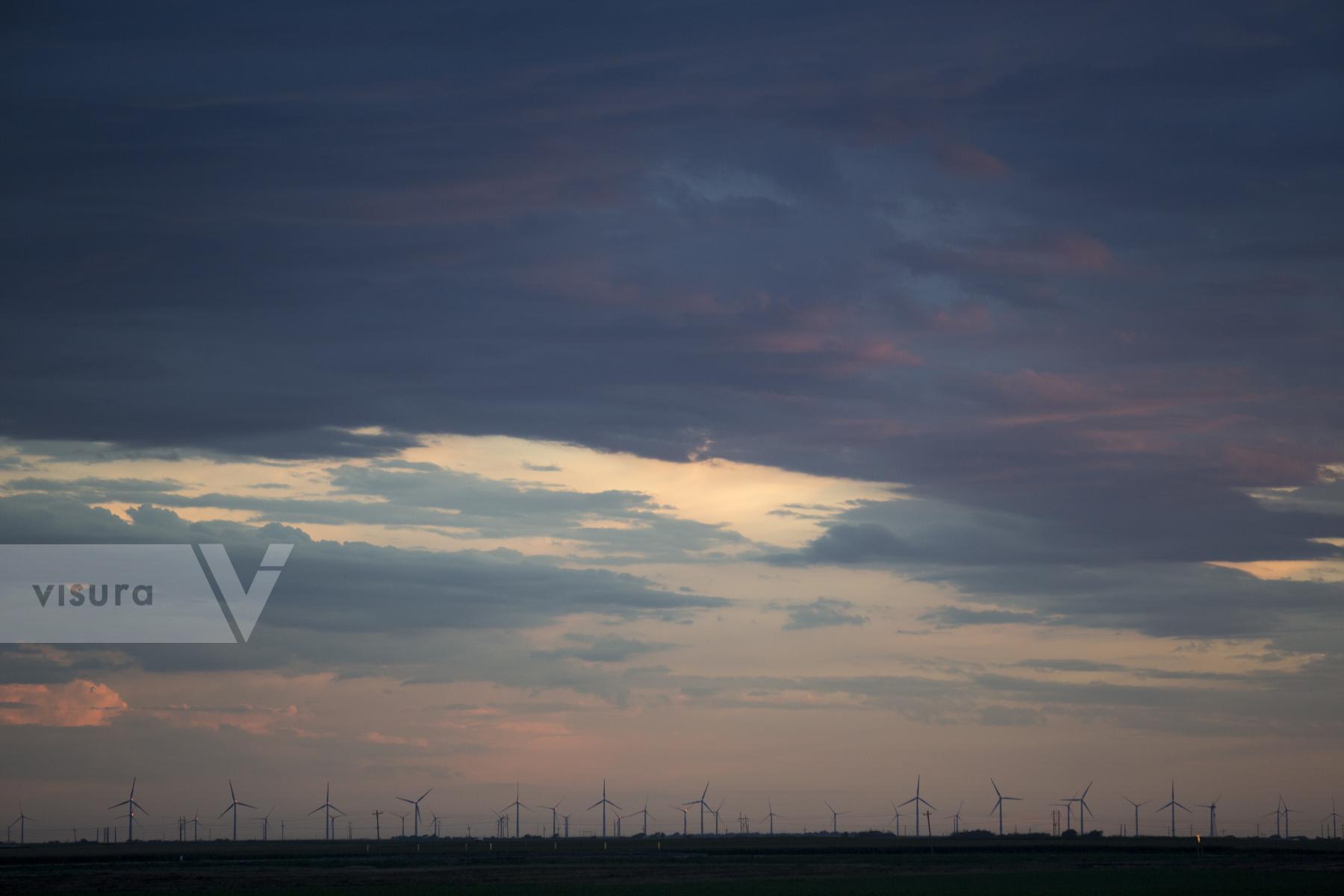
JULY 13 2014, GREENSBURG, KANSAS : The town of Greensburg was devastated by a Tornado in 2007. After the tornado, the city council passed a resolution stating that all city buildings would be built to LEED - platinum standards, making it the first city in the nation to do so. Greensburg is rebuilding as a "green" town, with the help of Greensburg GreenTown, a non-profit organization created to help the residents learn about and implement the green living initiative.
The city's power is supplied by ten 1.25 MW wind-turbines (photo by Jean-Marc Giboux) GREENSBURG USA
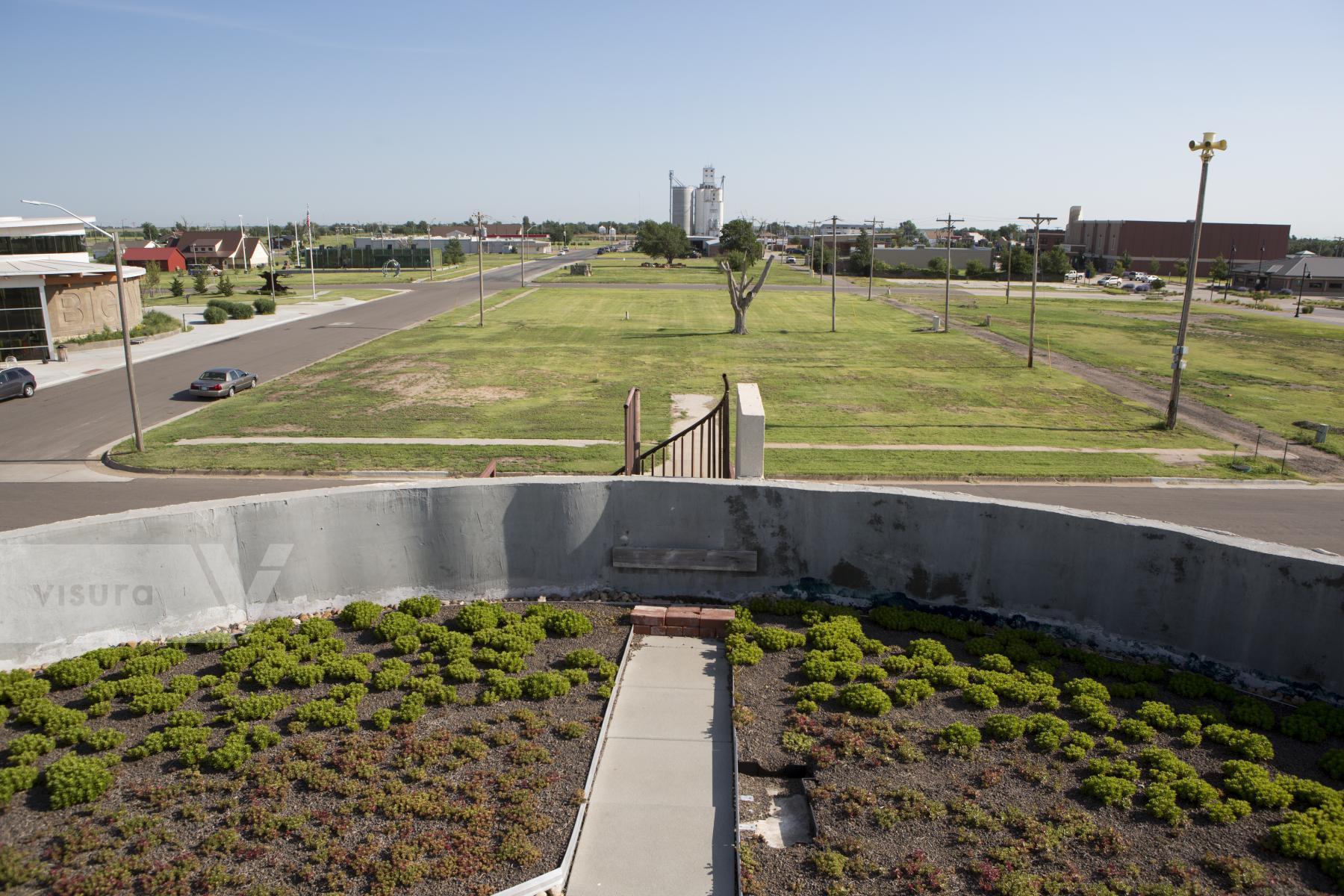
JULY 13 2014, GREENSBURG, KANSAS : The town of Greensburg was devastated by a Tornado in 2007. After the tornado, the city council passed a resolution stating that all city buildings would be built to LEED - platinum standards, making it the first city in the nation to do so. Greensburg is rebuilding as a "green" town, with the help of Greensburg GreenTown, a non-profit organization created to help the residents learn about and implement the green living initiative.
The city's power is supplied by ten 1.25 MW wind-turbines (photo by Jean-Marc Giboux) GREENSBURG USA
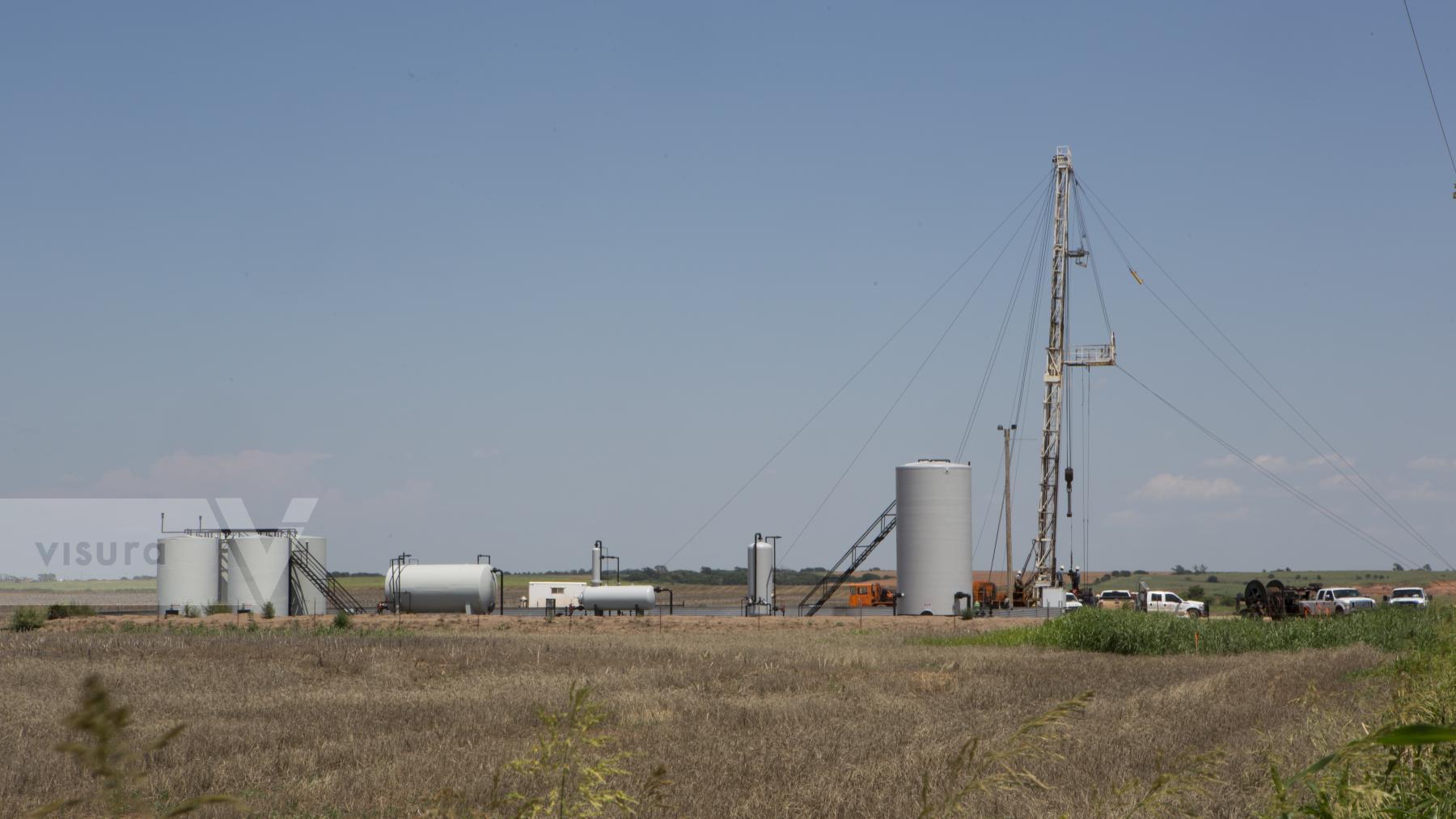
JULY 15, 2014, Cushing, Oklahoma: Gas tracking plants and oil wells dot the landscape of Oklahoma. Cushing, Oklahoma is the pipeline hub of North America, and a transit point for the Keystone pipeline on its way to Texas refineries. (photo by Jean-Marc Giboux) CUSHING USA
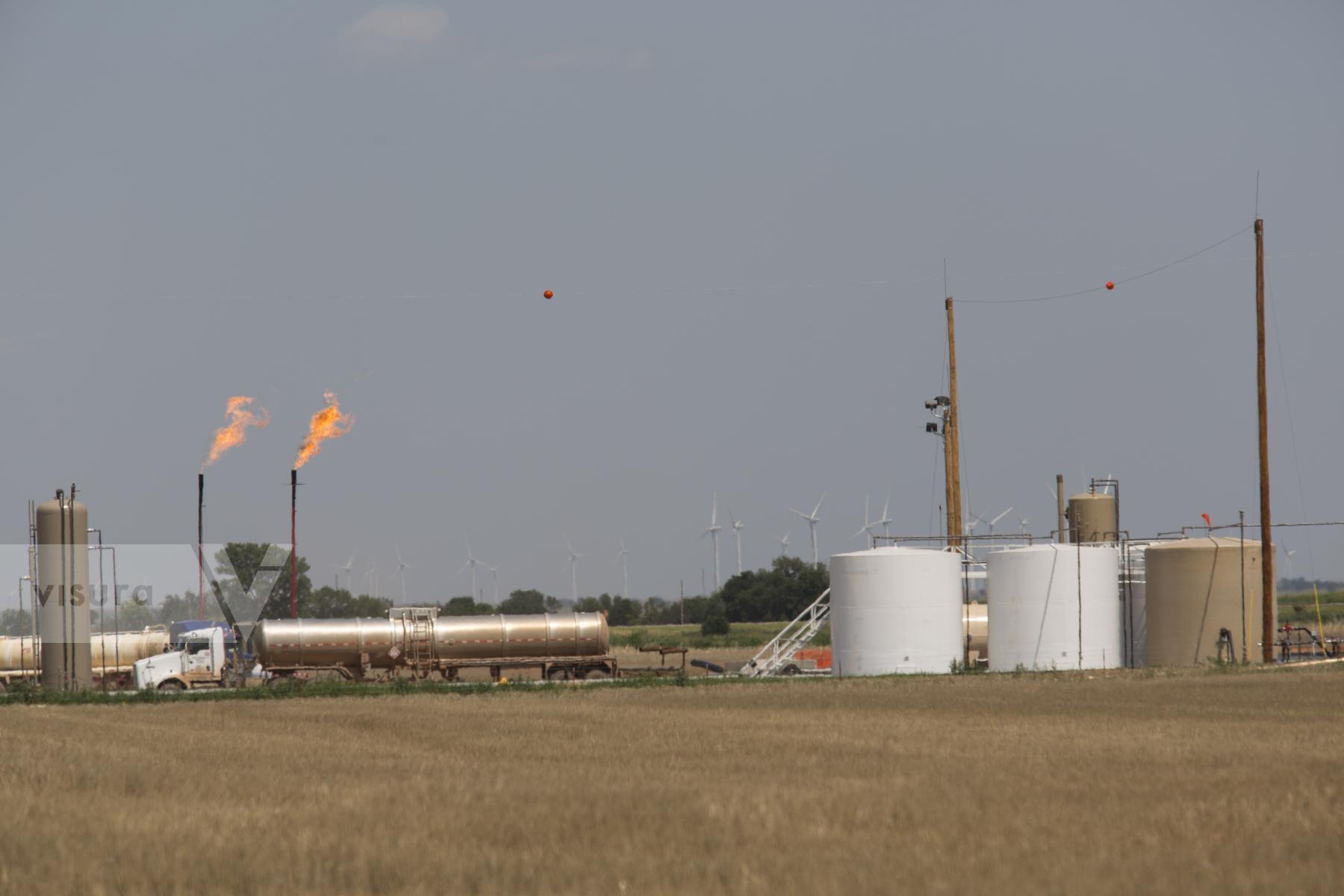
JULY 15, 2014, Cushing, Oklahoma: Gas tracking plants and oil wells dot the landscape of Oklahoma. Cushing, Oklahoma is the pipeline hub of North America, and a transit point for the Keystone pipeline on its way to Texas refineries. (photo by Jean-Marc Giboux) CUSHING USA

JULY 15, 2014, Cushing, Oklahoma: Cushing, Oklahoma is the pipeline hub of North America, and a transit point for the Keystone pipeline on its way to Texas refineries. (photo by Jean-Marc Giboux) CUSHING USA
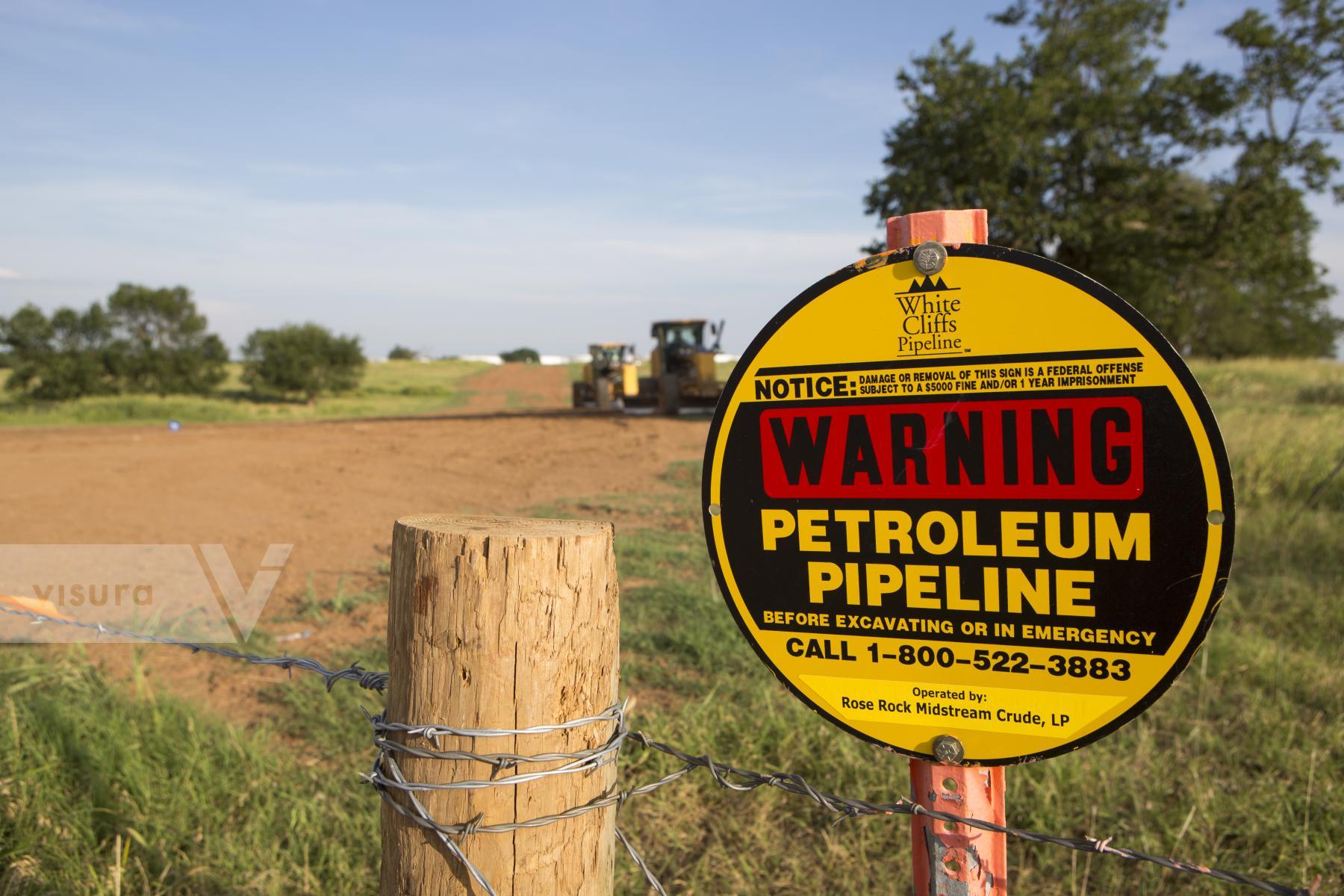
JULY 15, 2014, Cushing, Oklahoma: Cushing, Oklahoma is the pipeline hub of North America, and a transit point for the Keystone pipeline on its way to Texas refineries. (photo by Jean-Marc Giboux) CUSHING USA
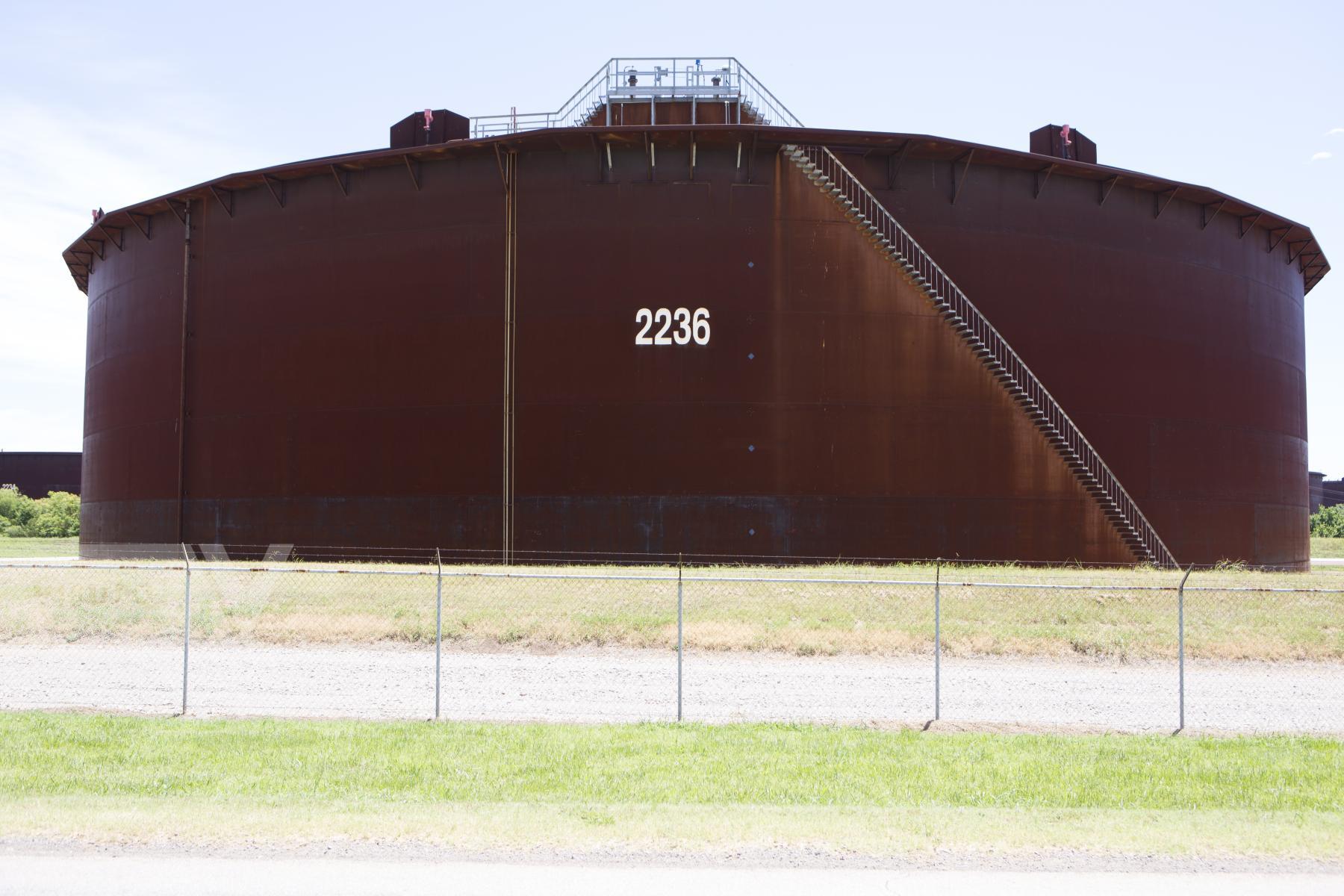
JULY 15, 2014, Cushing, Oklahoma: Cushing, Oklahoma is the pipeline hub of North America, and a transit point for the Keystone pipeline on its way to Texas refineries. (photo by Jean-Marc Giboux) CUSHING USA

JULY 15, 2014, Cushing, Oklahoma: Cushing, Oklahoma is the pipeline hub of North America, and a transit point for the Keystone pipeline on its way to Texas refineries. (photo by Jean-Marc Giboux) CUSHING USA

JULY 15, 2014, Cushing, Oklahoma: Cushing, Oklahoma is the pipeline hub of North America, and a transit point for the Keystone pipeline on its way to Texas refineries. (photo by Jean-Marc Giboux) CUSHING USA
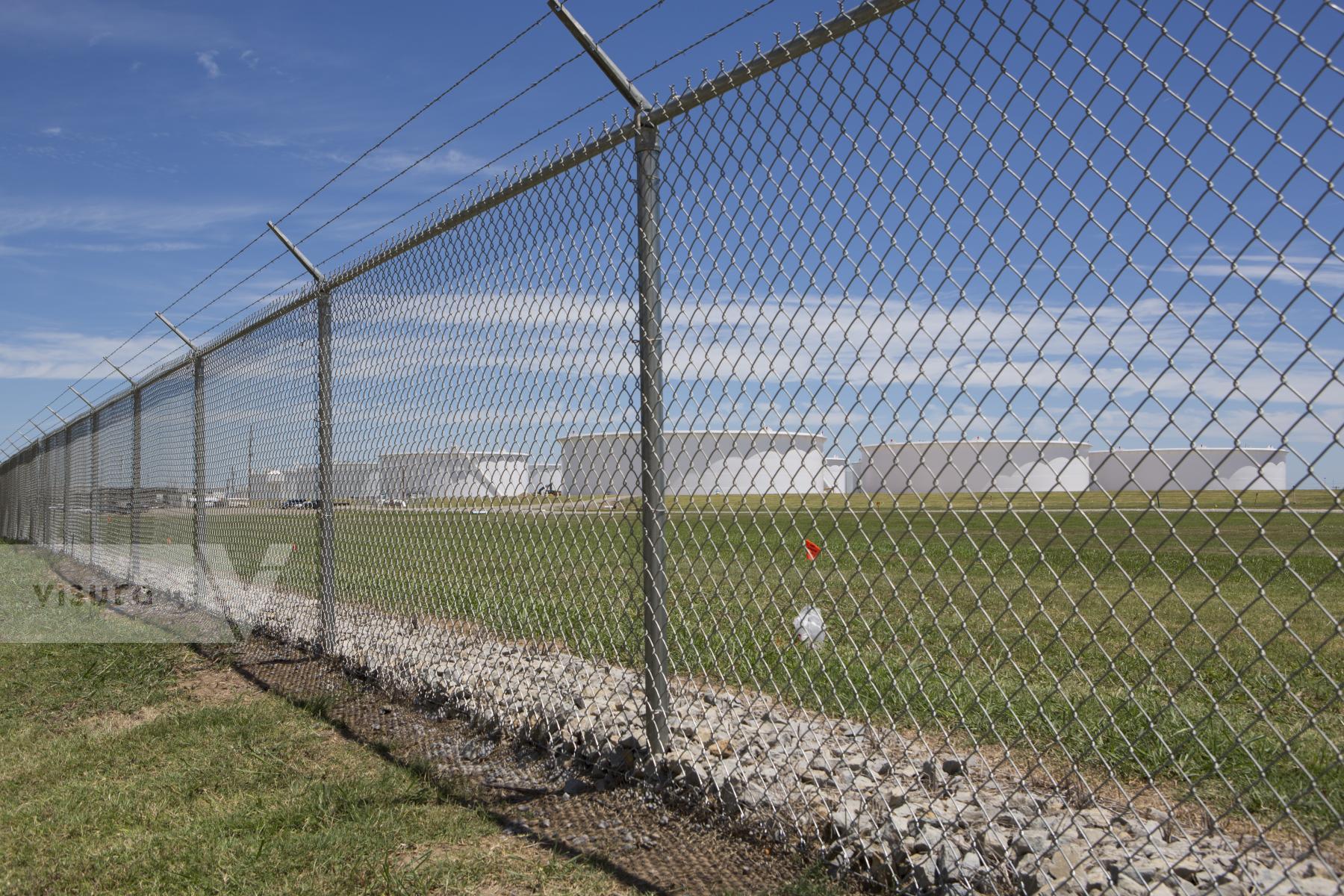
JULY 15, 2014, Cushing, Oklahoma: Cushing, Oklahoma is the pipeline hub of North America, and a transit point for the Keystone pipeline on its way to Texas refineries. (photo by Jean-Marc Giboux) CUSHING USA
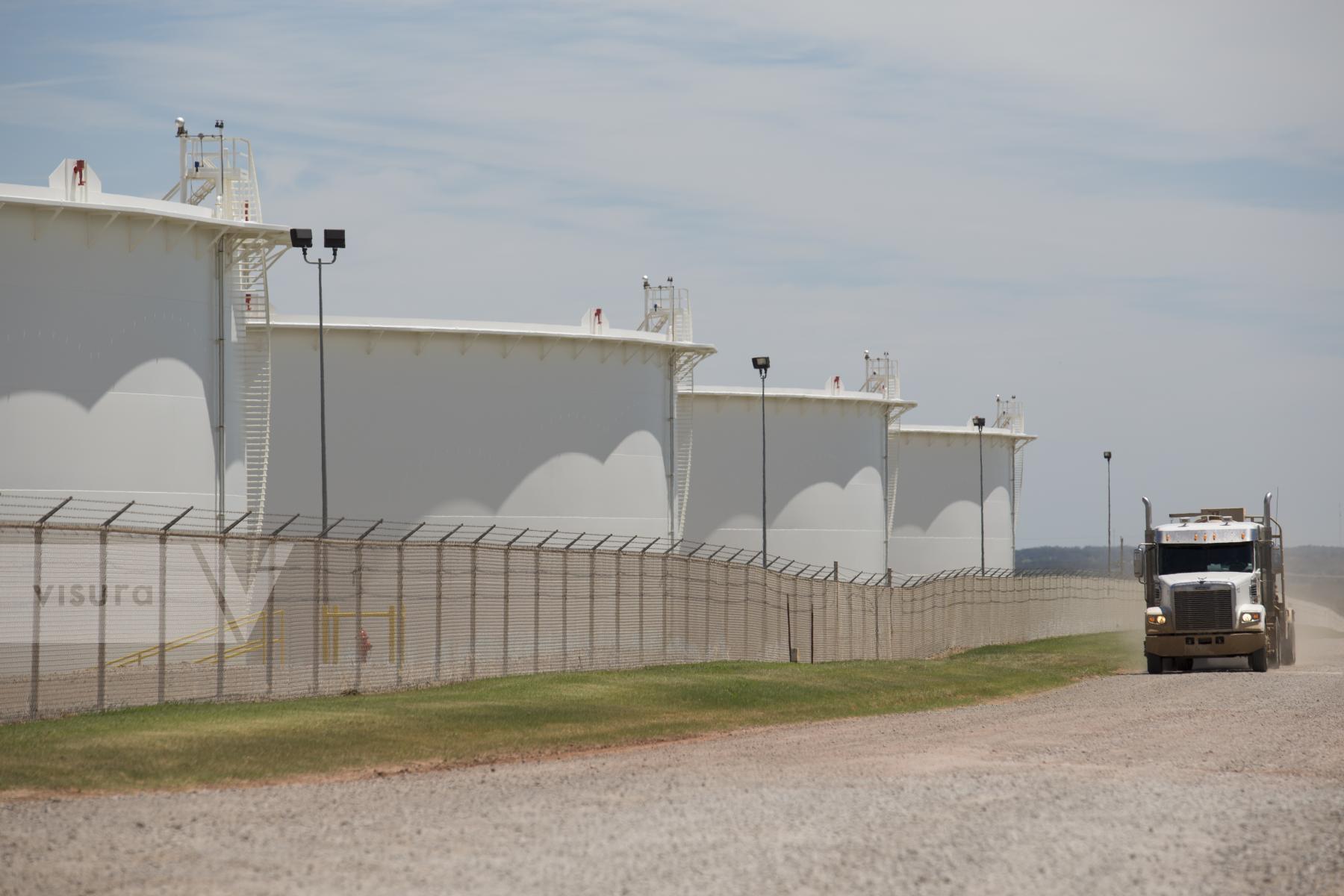
JULY 15, 2014, Cushing, Oklahoma: Cushing, Oklahoma is the pipeline hub of North America, and a transit point for the Keystone pipeline on its way to Texas refineries. (photo by Jean-Marc Giboux) CUSHING USA
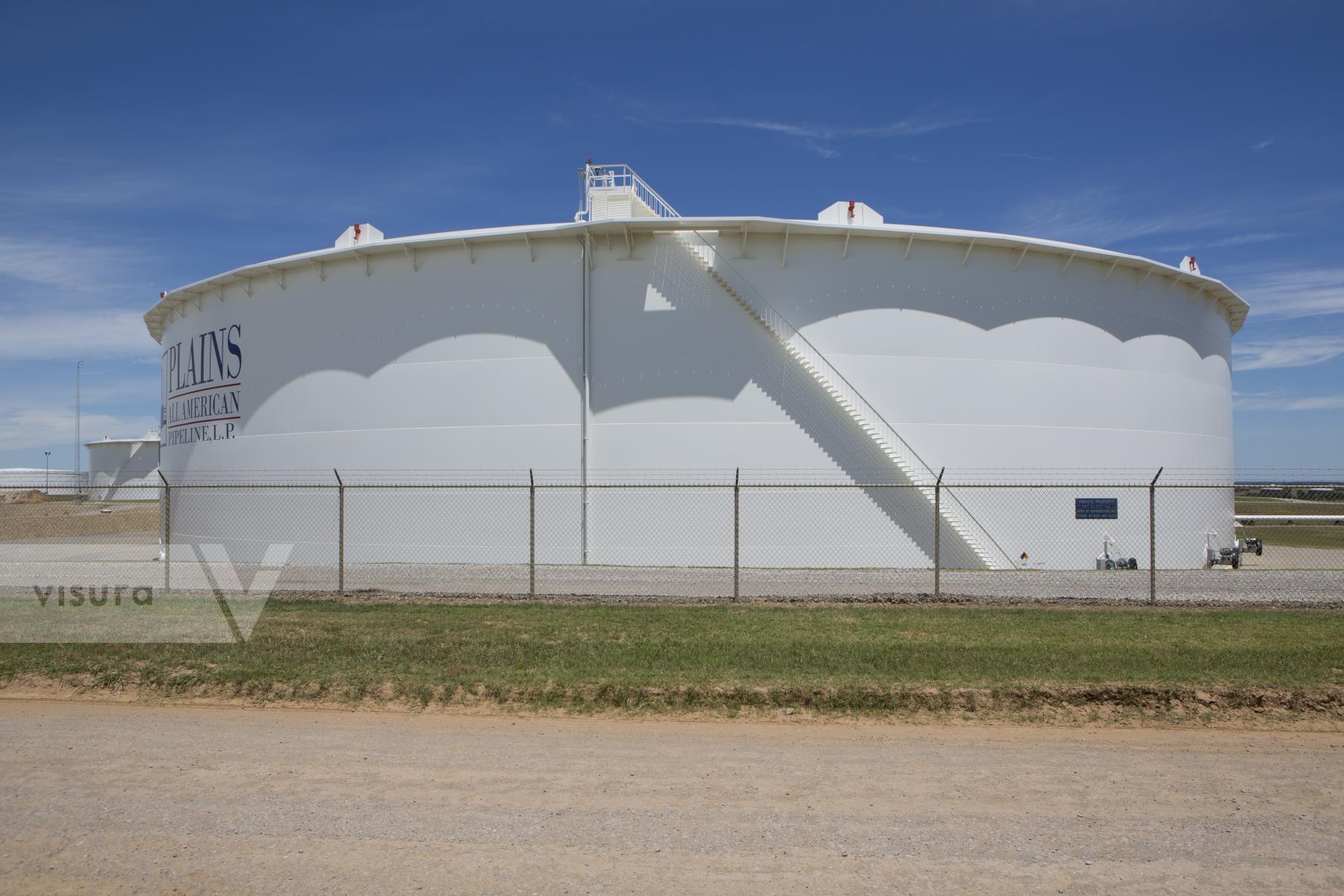
JULY 15, 2014, Cushing, Oklahoma: Cushing, Oklahoma is the pipeline hub of North America, and a transit point for the Keystone pipeline on its way to Texas refineries. (photo by Jean-Marc Giboux) CUSHING USA

JULY 15, 2014, Cushing, Oklahoma: Cushing, Oklahoma is the pipeline hub of North America, and a transit point for the Keystone pipeline on its way to Texas refineries. (photo by Jean-Marc Giboux) CUSHING USA
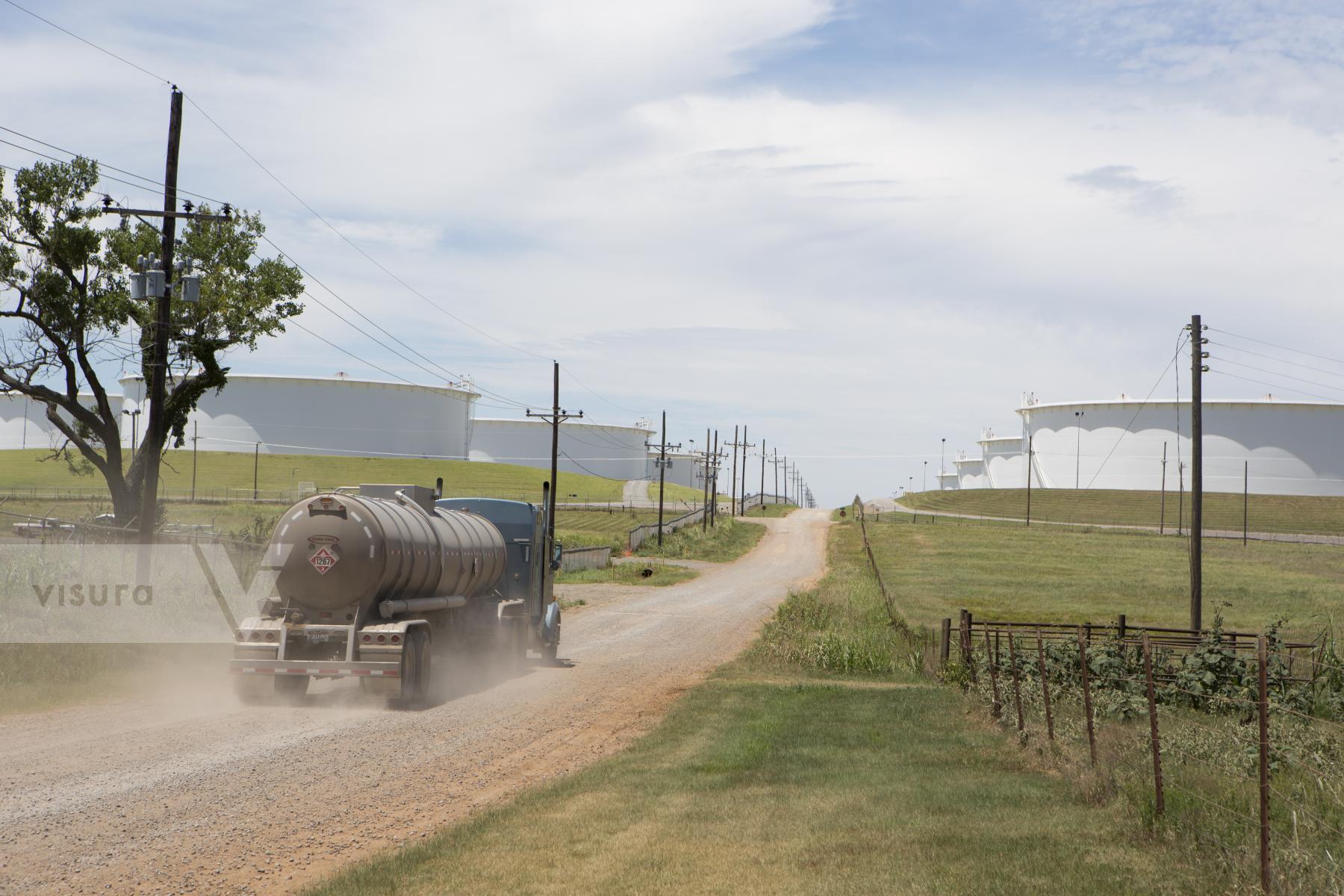
JULY 15, 2014, Cushing, Oklahoma: Cushing, Oklahoma is the pipeline hub of North America, and a transit point for the Keystone pipeline on its way to Texas refineries. (photo by Jean-Marc Giboux) CUSHING USA

JULY 15, 2014, Cushing, Oklahoma: Cushing, Oklahoma is the pipeline hub of North America, and a transit point for the Keystone pipeline on its way to Texas refineries. (photo by Jean-Marc Giboux) CUSHING USA
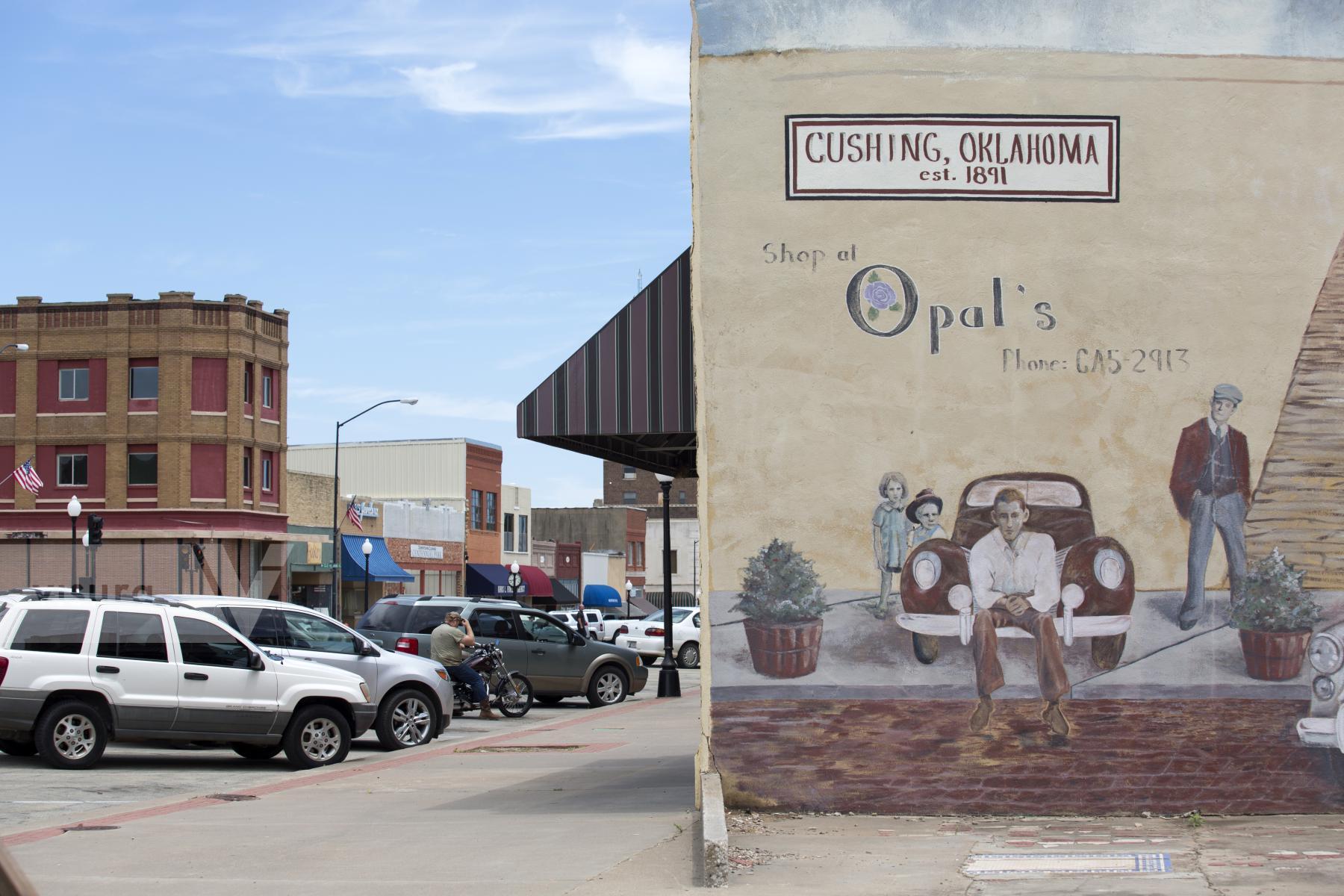
JULY 15, 2014, Cushing, Oklahoma: Cushing, Oklahoma is the pipeline hub of North America, and a transit point for the Keystone pipeline on its way to Texas refineries. (photo by Jean-Marc Giboux) CUSHING USA

JULY 15, 2014, Cushing, Oklahoma: Cushing, Oklahoma is the pipeline hub of North America, and a transit point for the Keystone pipeline on its way to Texas refineries. (photo by Jean-Marc Giboux) CUSHING USA
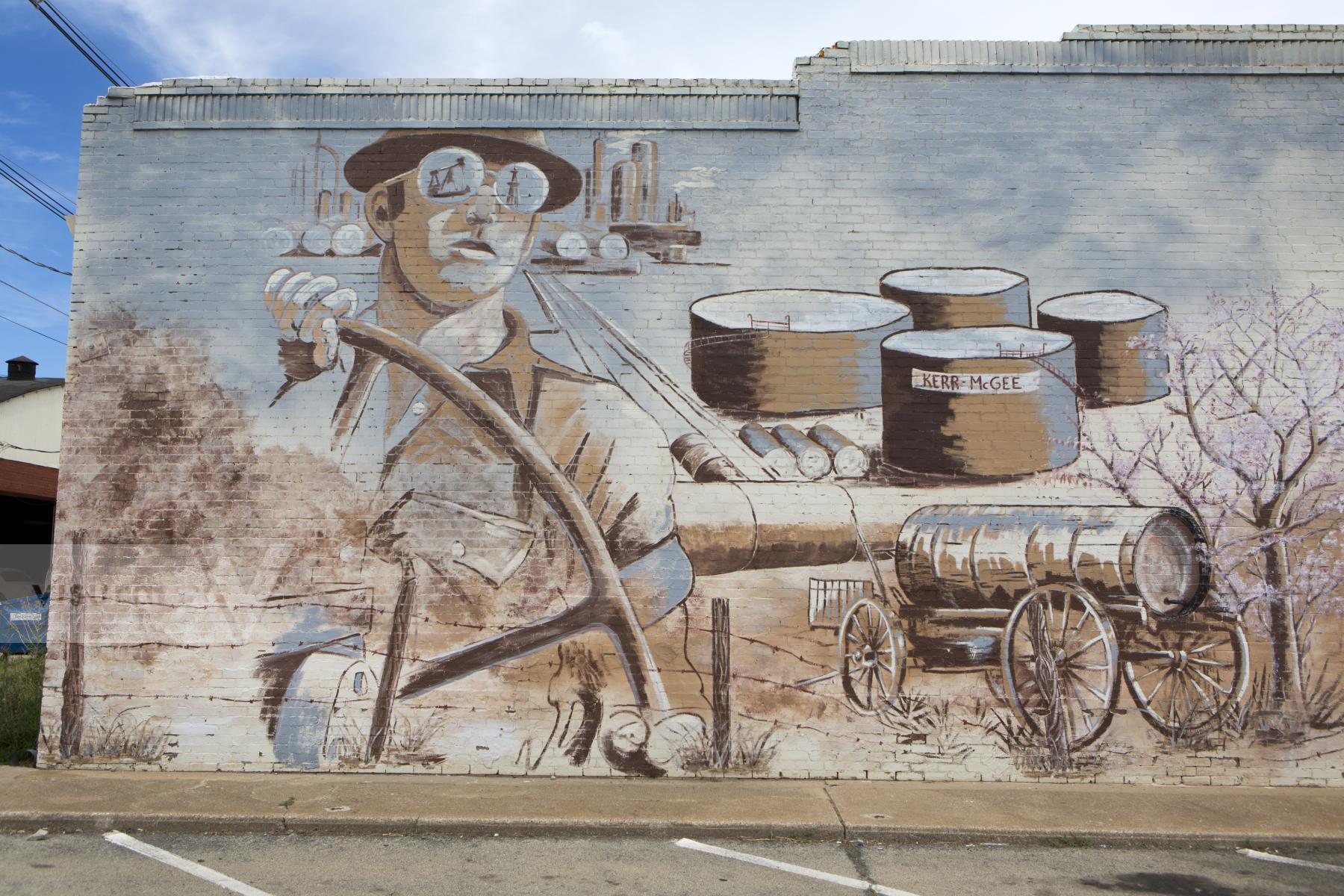
JULY 15, 2014, Cushing, Oklahoma: Cushing, Oklahoma is the pipeline hub of North America, and a transit point for the Keystone pipeline on its way to Texas refineries. (photo by Jean-Marc Giboux) CUSHING USA

JULY 15, 2014, Cushing, Oklahoma: Cushing, Oklahoma is the pipeline hub of North America, and a transit point for the Keystone pipeline on its way to Texas refineries. (photo by Jean-Marc Giboux) CUSHING USA



































































